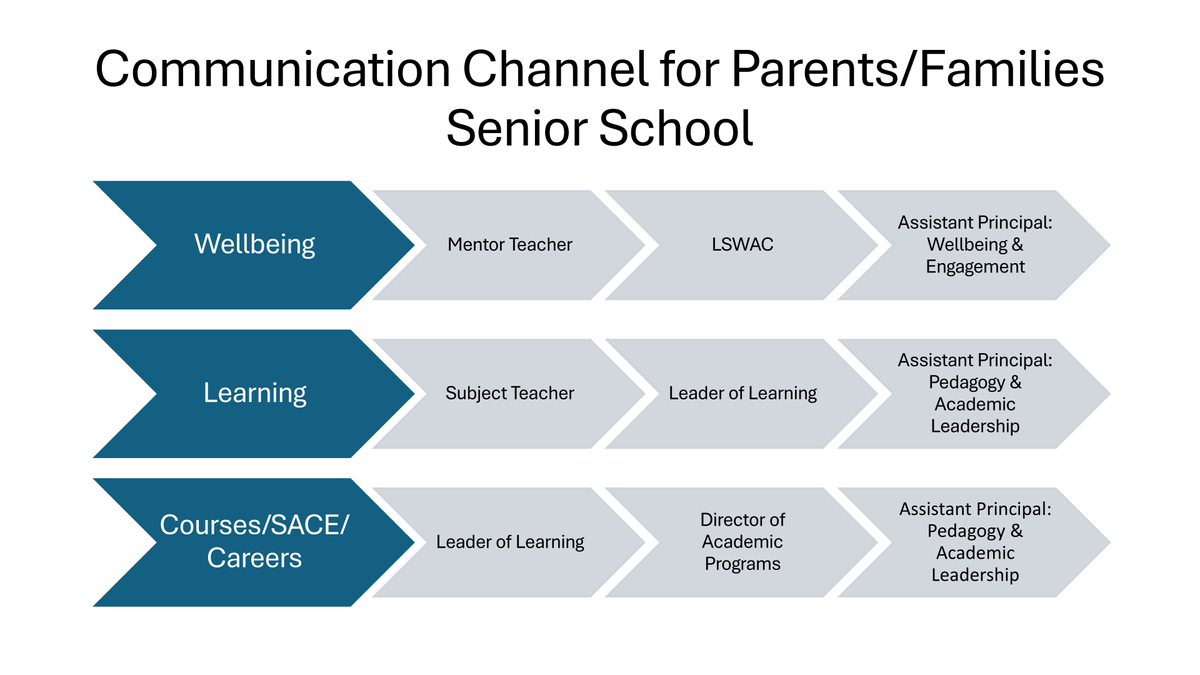Learning Across the
Senior School

Learning Across the
Senior School
At about ten minutes to midnight on April 17th, we departed Brisbane for Changi Airport, before continuing on to Osaka after several hours’ stopover. We were tired indeed, but very excited. The following morning at the Osaka International Peace Centre, we gained a fascinating insight into the bombings of Osaka during World War Two. Later, we visited Osaka Castle. It was stunningly beautiful in character, and we learned much about the cultural history of Japan from the exhibitions inside. After catching the shinkansen, or bullet train, to Hiroshima, we explored a bustling local shopping district.
On Easter Sunday, we made our way to the Hiroshima Peace Memorial Museum and Ground Zero area. The items and images featured in the museum’s exhibits were truly heartbreaking and gave us pause for sombre reflection on the human cost of war. Walking past the remains of the A-bomb dome was surreal. I think Hiroshima is somewhere that each of us should endeavour to visit at least once.
Later that evening, we were in Kyoto. I will never cease to marvel at Japanese rail infrastructure. We were treated to delicious Hokkaido soft serve and a Geisha performance in the historic Gion district. In Kyoto we visited Fushimi Inari-taisha, the Arashiyama Bamboo Grove, and Temple of the Golden Pavilion. Before departing Osaka for Singapore, and the next stage of our journey, we had a fun Ninja skills class and spent time in the Dotonbori Road area.
Flying into Singapore at night is stunning, and I was fortunate to have a window seat. Subsequent to a brilliant buffet breakfast at our hotel, we enjoyed the culinary and cultural sights of Little India and Kampong Glam. Courtesy of our extremely knowledgeable local guide (and self-professed foodie), the tour was both delicious and fascinating. The next day we delved into the military history of Singapore, visiting Selarang Camp, Jahore Battery, Changi Military Hospital, in addition to Changi Chapel and Museum, which was an incredible learning experience. We also visited the site of the Changi Beach massacre.
On ANZAC Day we attended the Dawn Service at Kranji War Cemetery. It was a moving service, and a once-in-a-lifetime experience. There we also met with the Australian High Commissioner to Singapore, His Excellency Mr. Allaster Cox. We were then guided through the cemetery by official war historian Mr. Michael Kelly, who was an amazing fount of knowledge throughout the trip.
Prior to catching our flight home, we spent time the next day at Fort Canning, the Battle Box, and Labrador Battery. We attended the Ford Factory and stood in the very room where surrender was signed at the Fall of Singapore.
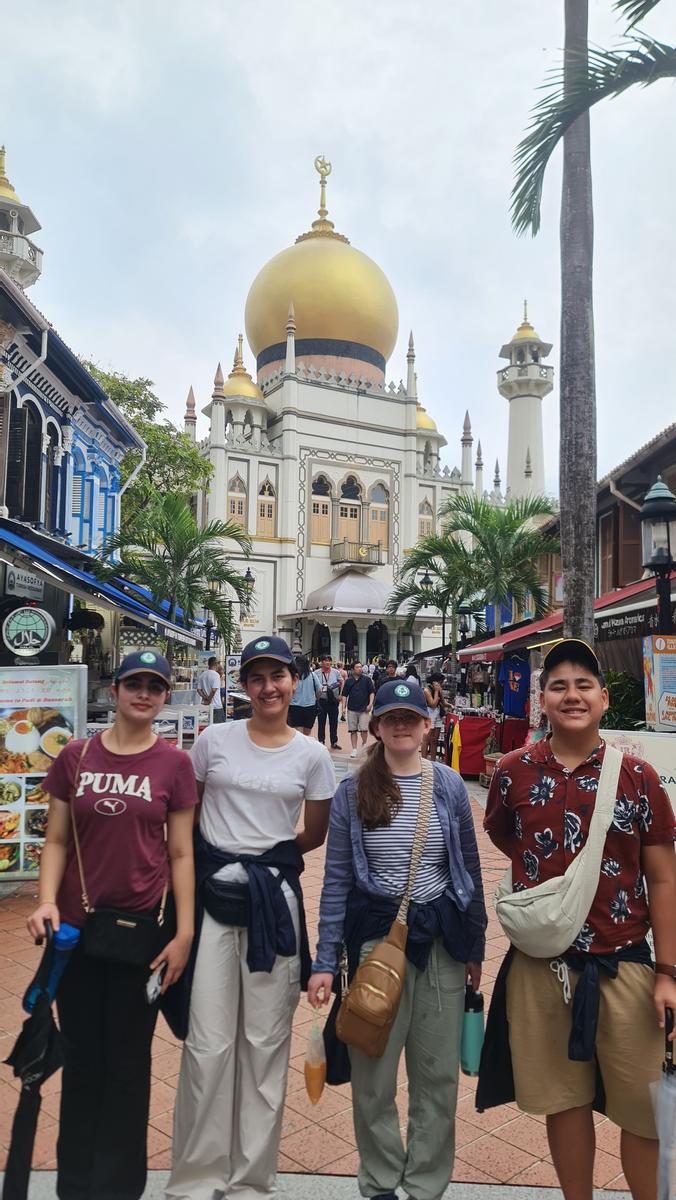
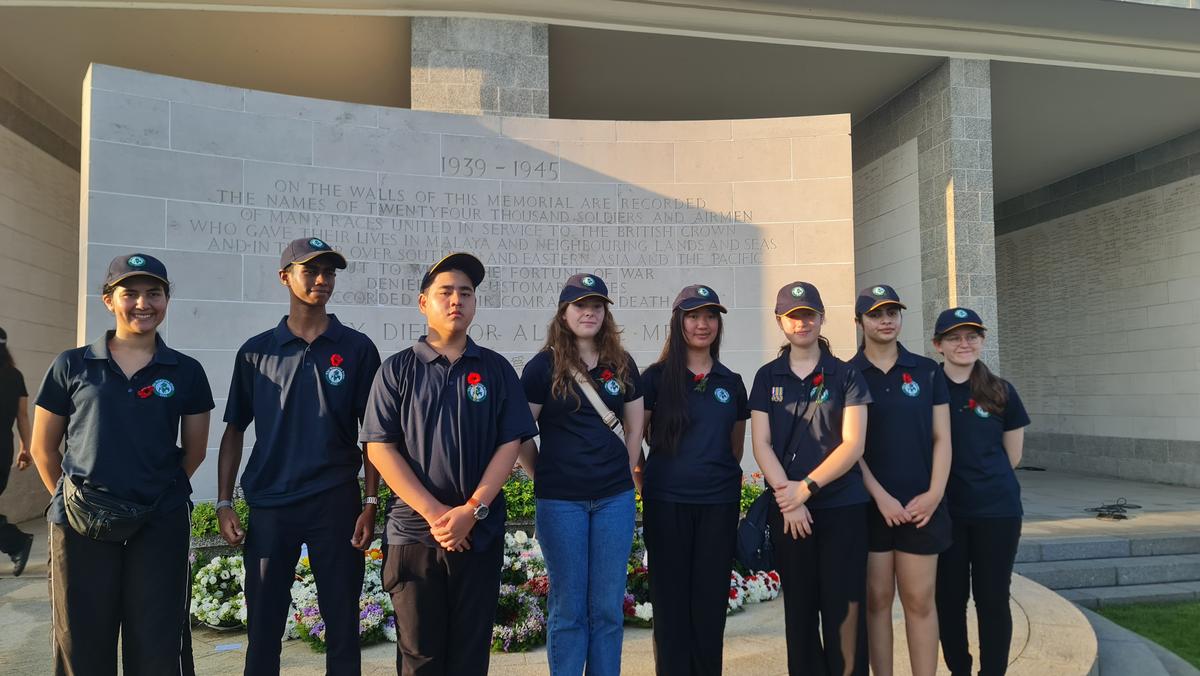
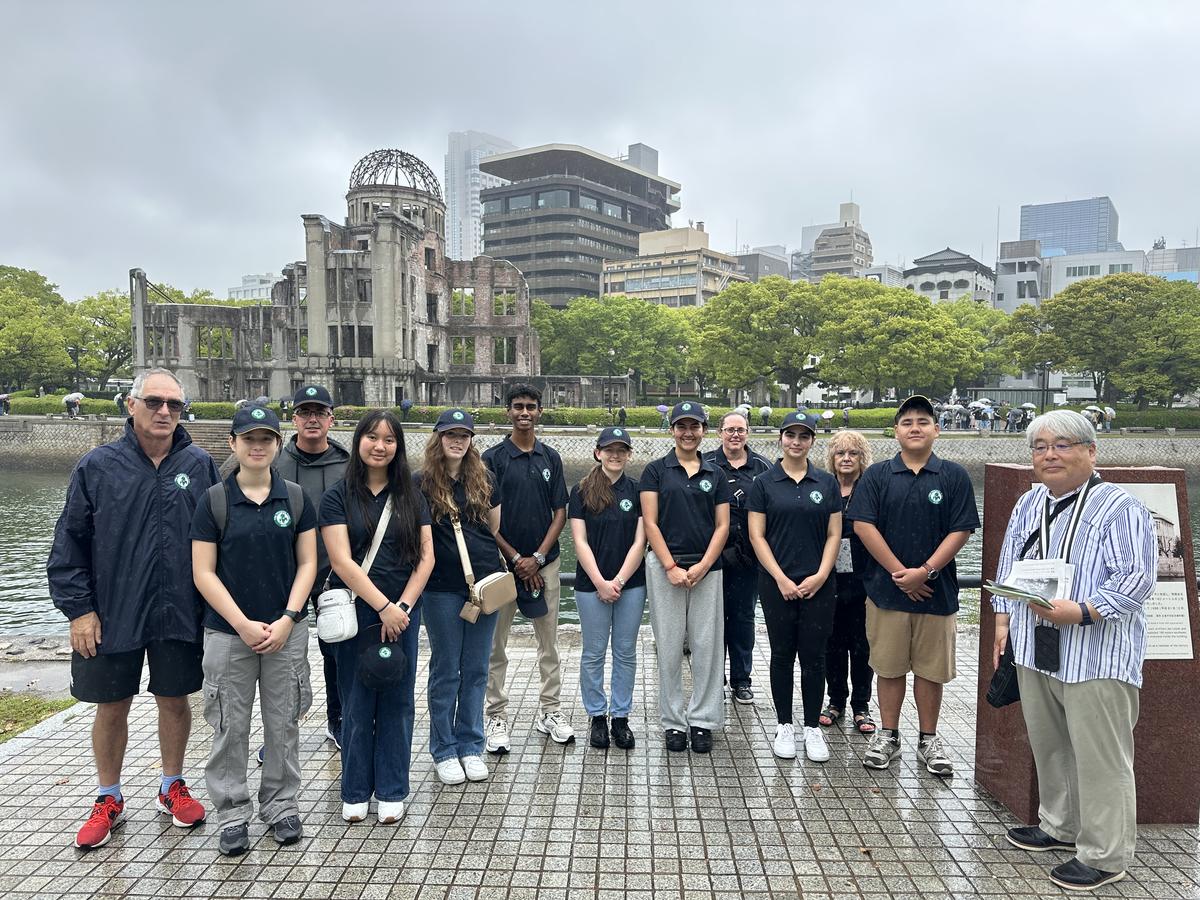
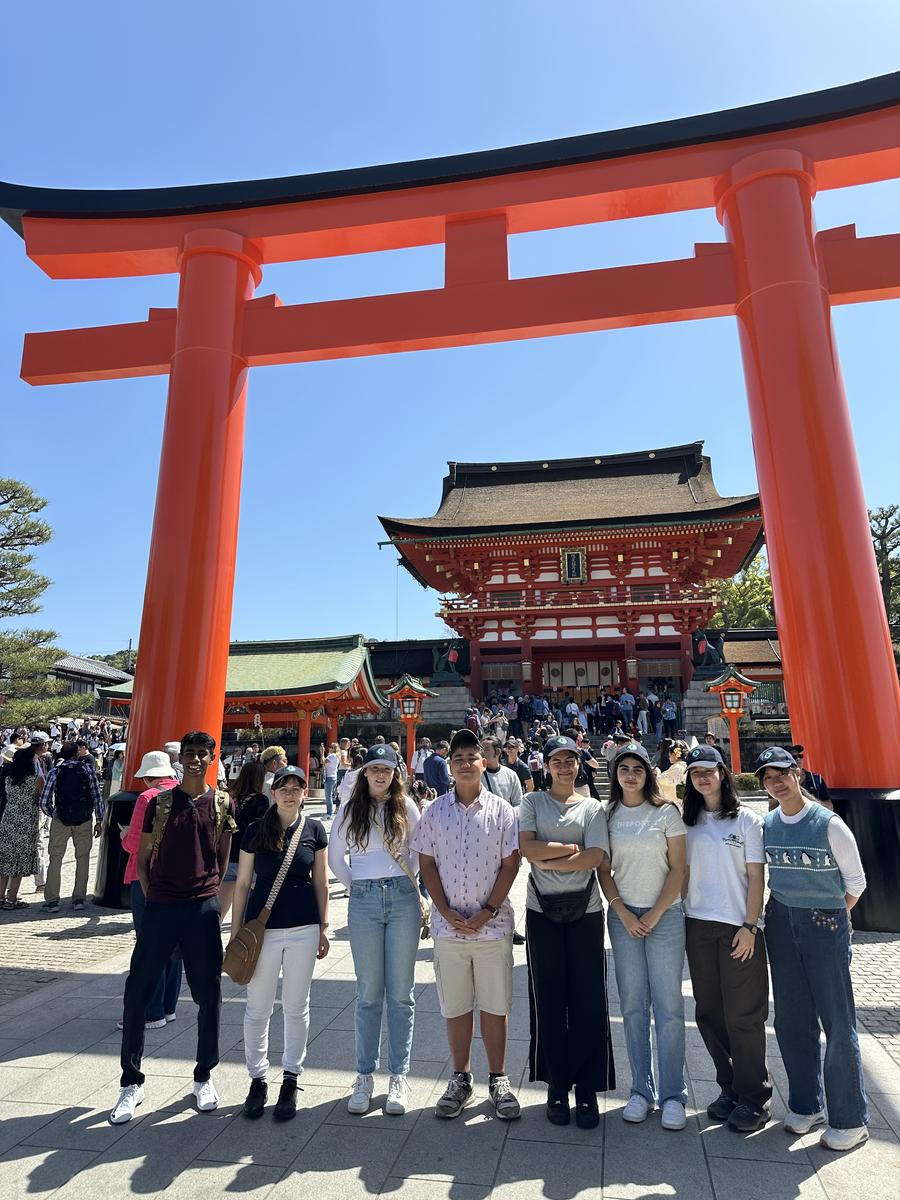




It was truly an April school holiday to remember. Most importantly, it was a privilege along with the other State and Territory Winners to represent the Commonwealth of Australia and learn more about the service and sacrifices made by past Australians serving and defending our nation.
Grace Collins
Year 11
Year 7 Prayer and Liturgy
Prayer and liturgy are central to Catholic life, offering a way to connect with God both personally and communally. Liturgy, especially the Mass, unites Catholics around the world in worship and sacrament. Prayer nurtures faith, guiding people through praise, petition, and reflection. Through structured liturgies and spontaneous prayers, believers grow spiritually, finding strength and meaning. This rhythm of prayer deepens the relationship with God and strengthens the bonds within the Church community.
Year 8 The Influence of Jesus
Jesus’ life, teachings, death, and resurrection have profoundly shaped the world. He preached love, forgiveness, and compassion, challenging injustice and calling for humility and service. His message transformed lives and founded the Christian faith, influencing moral values, laws, and cultures globally. Through the Gospels, his words continue to inspire people toward peace and justice. For Christians, Jesus is not only a teacher but the Son of God, offering salvation and a model for living.
Year 9 Healing and Hope
Healing and hope are key themes in the Catholic faith, reflecting God's love and mercy. Jesus’ ministry included many acts of healing—physical, emotional, and spiritual—which continue through the Church’s sacraments and outreach. Catholics believe hope is found in the resurrection, promising new life beyond suffering. In times of pain, prayer and community support provide comfort. This message assures believers that God's presence brings peace, transformation, and strength, even in the darkest moments.
Year 10 Catholics and the World Religions
Catholics are encouraged to respect and engage with world religions, recognising shared values such as compassion, peace, and justice. The Church teaches that truth can be found in other faiths, although it sees Christ as the fullness of revelation. Dialogue with other religions fosters mutual understanding and cooperation. By building bridges rather than barriers, Catholics promote unity and peace, contributing to a more just and loving world while witnessing to their own faith respectfully.
Nancy Rodi
Learning Leader of Religious Education 7-12
The Year 8 Science students have developed their knowledge and understanding of energy transfer and transformation by undertaking various fun, hands-on activities including setting up a domino chain, making yummy spider drinks, communicating 'secretly' via a paper cup and string and designing a 'snake' to spin!
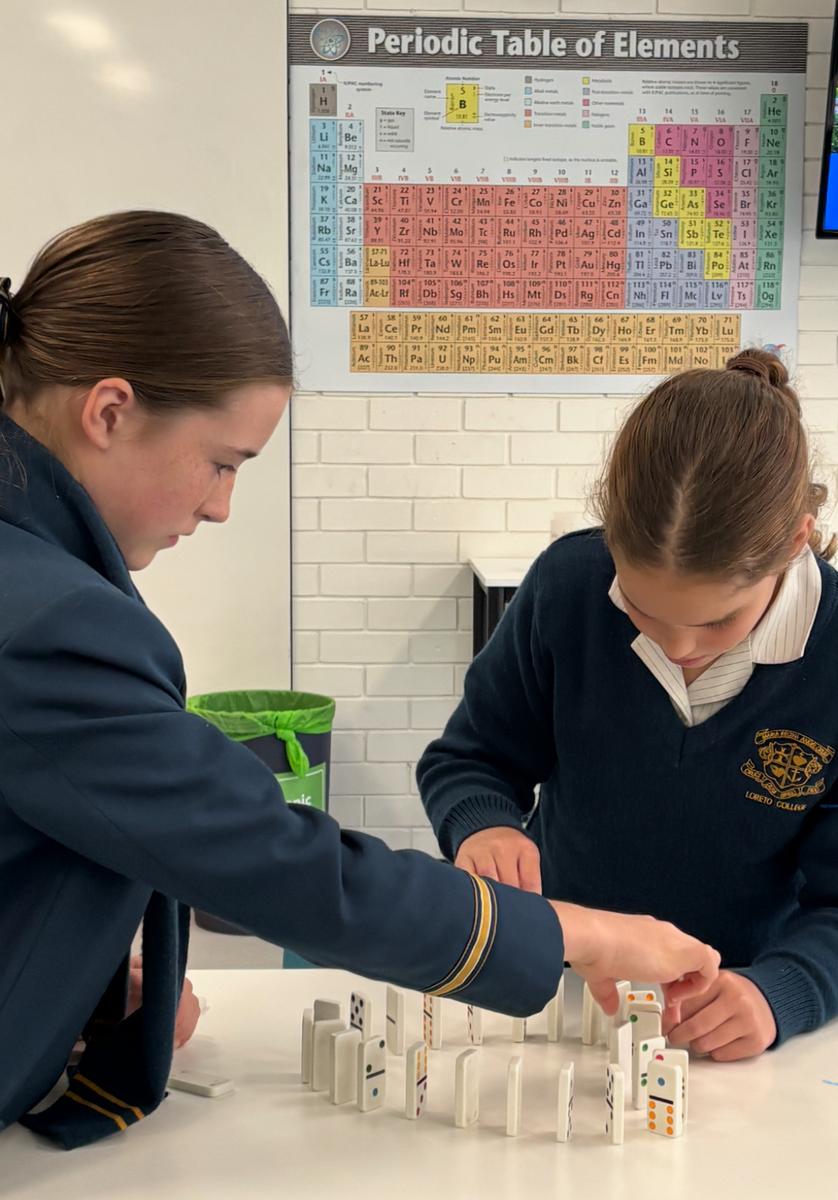
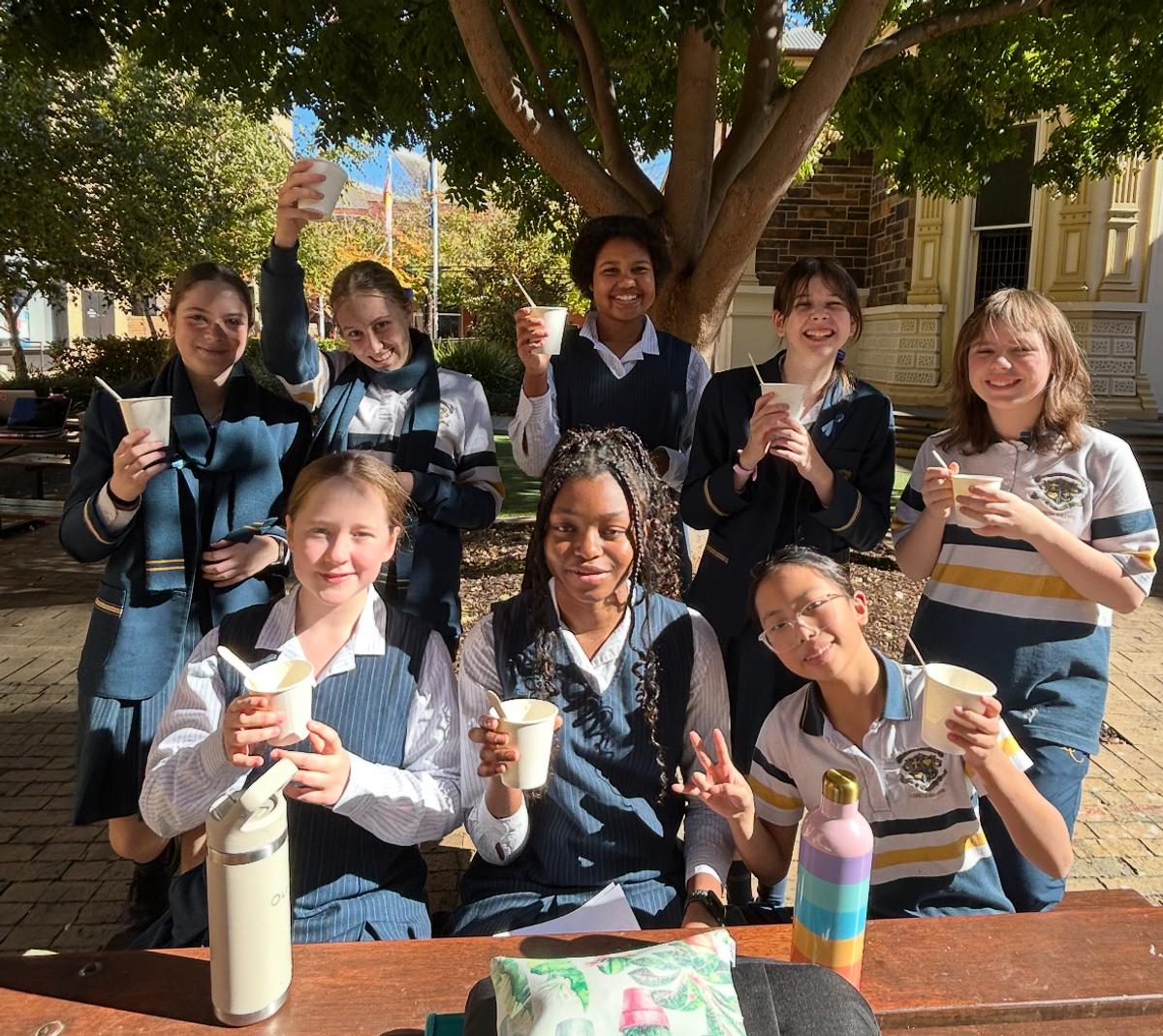
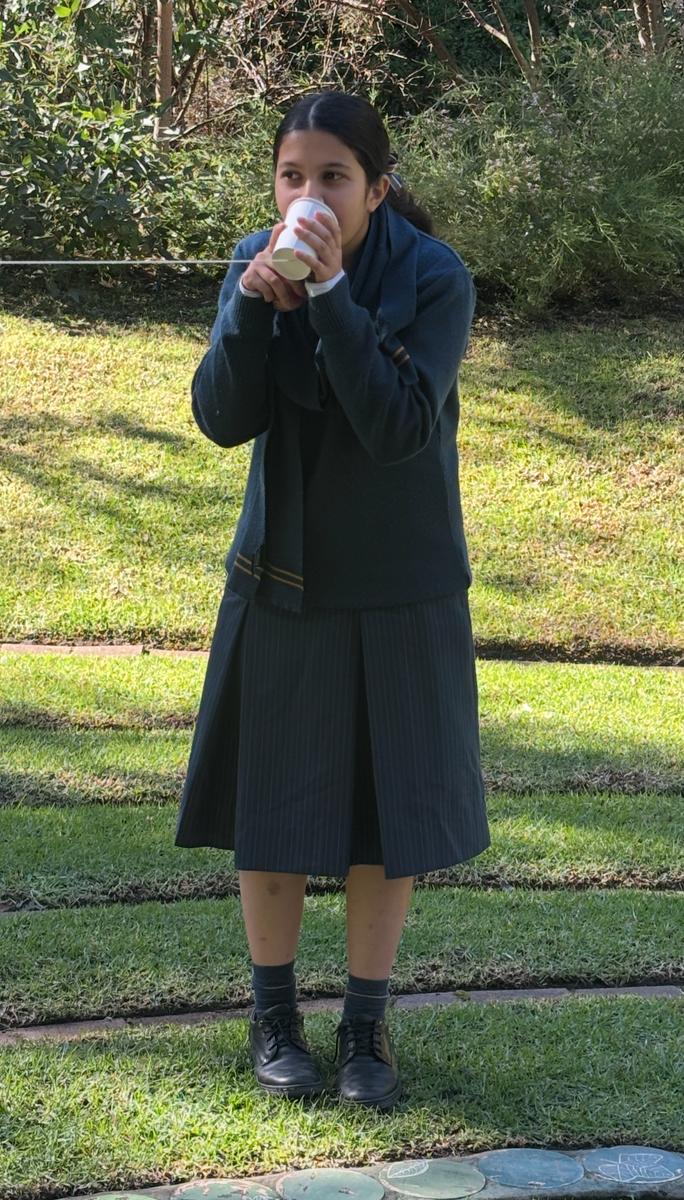
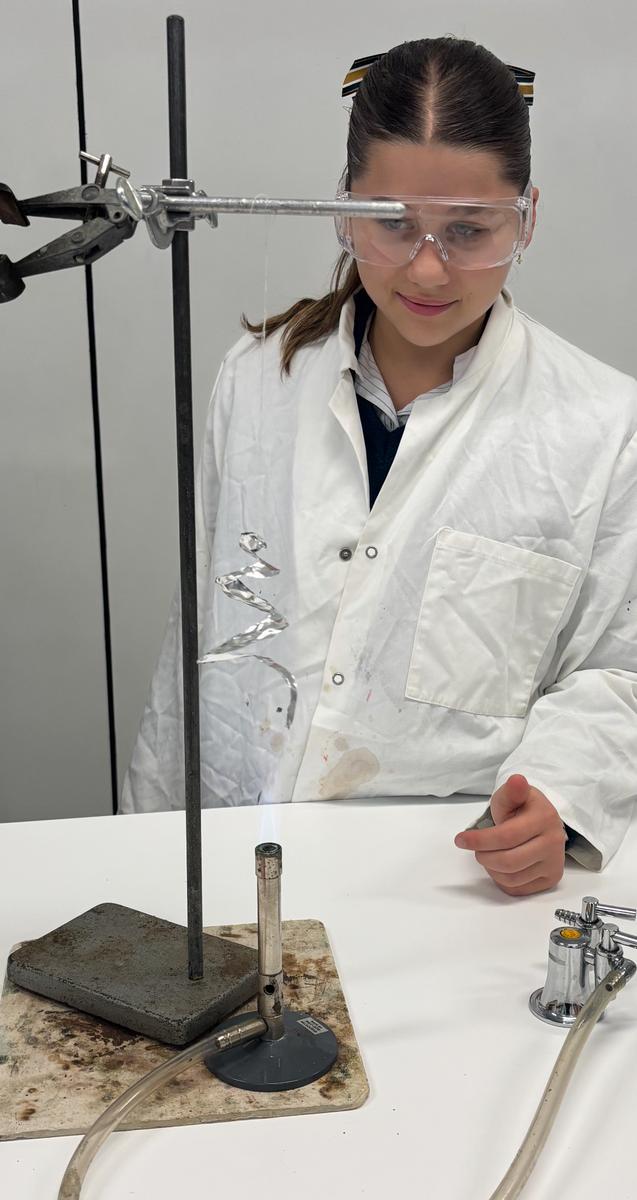




Investigating sound waves is part of the ‘phabulous phun’ of Physics for our Year 9 Science classes. Spooky Halloween sounds filled the room using a cup and wet string; water splashed everywhere when striking a tuning fork and inserting its end into the water; a sound cannon spectacularly extinguished a flame; sound was amplified by tapping on a balloon resting on the ear; a slinky showcased the ‘invisible’ sound wave; the tune, ‘Joy To The World’ was pure joy as the girls explored musical scales by varying the pitch using a ‘glass organ’ filled with varying levels of water; a four way phone call using a cup and string is always a favourite; adjusting the length of straws to create a flute brought so much laughter and left the girls gasping for breath, all while giving them a clearer understanding of what it means to be a ‘sound scientist’.
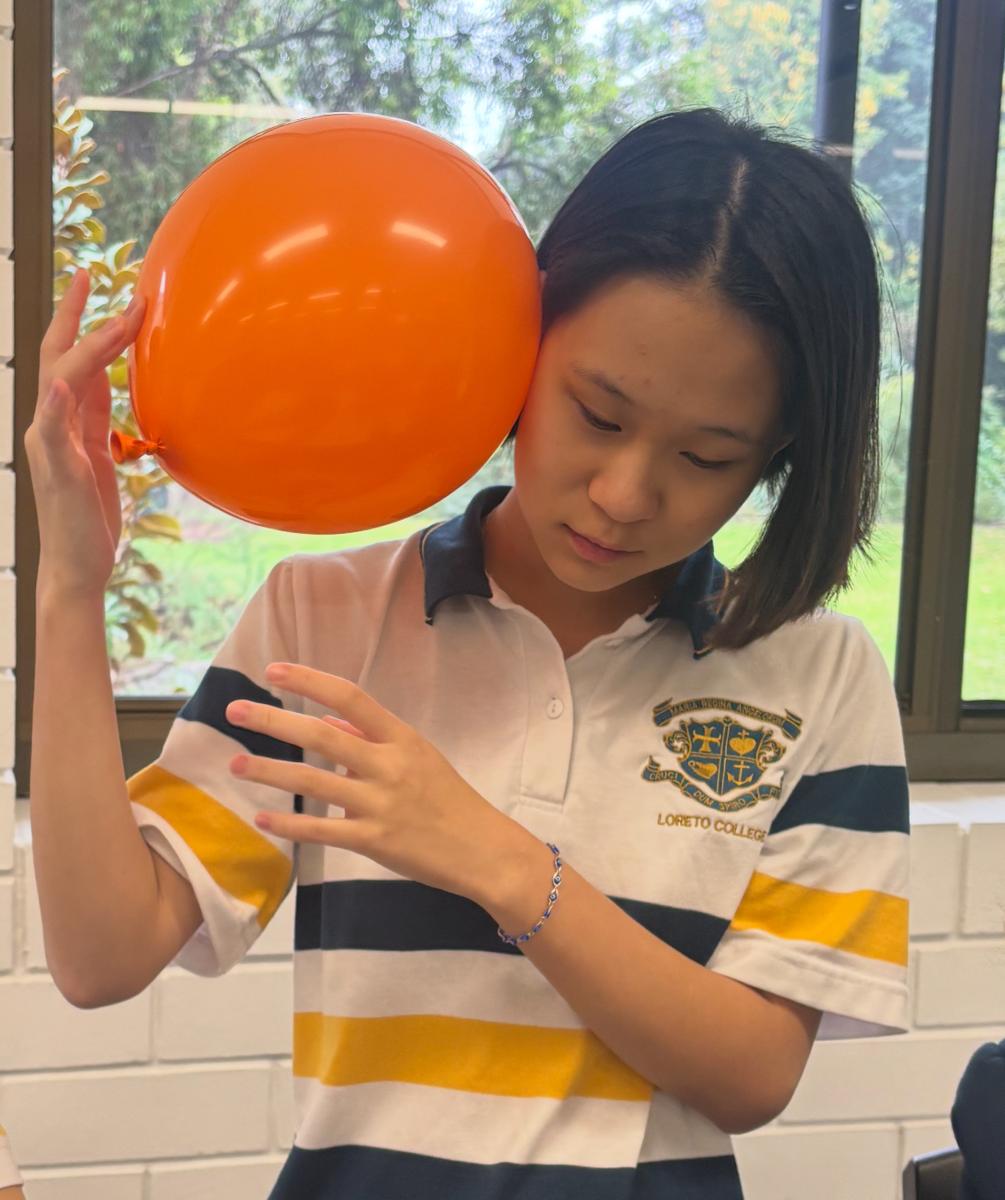
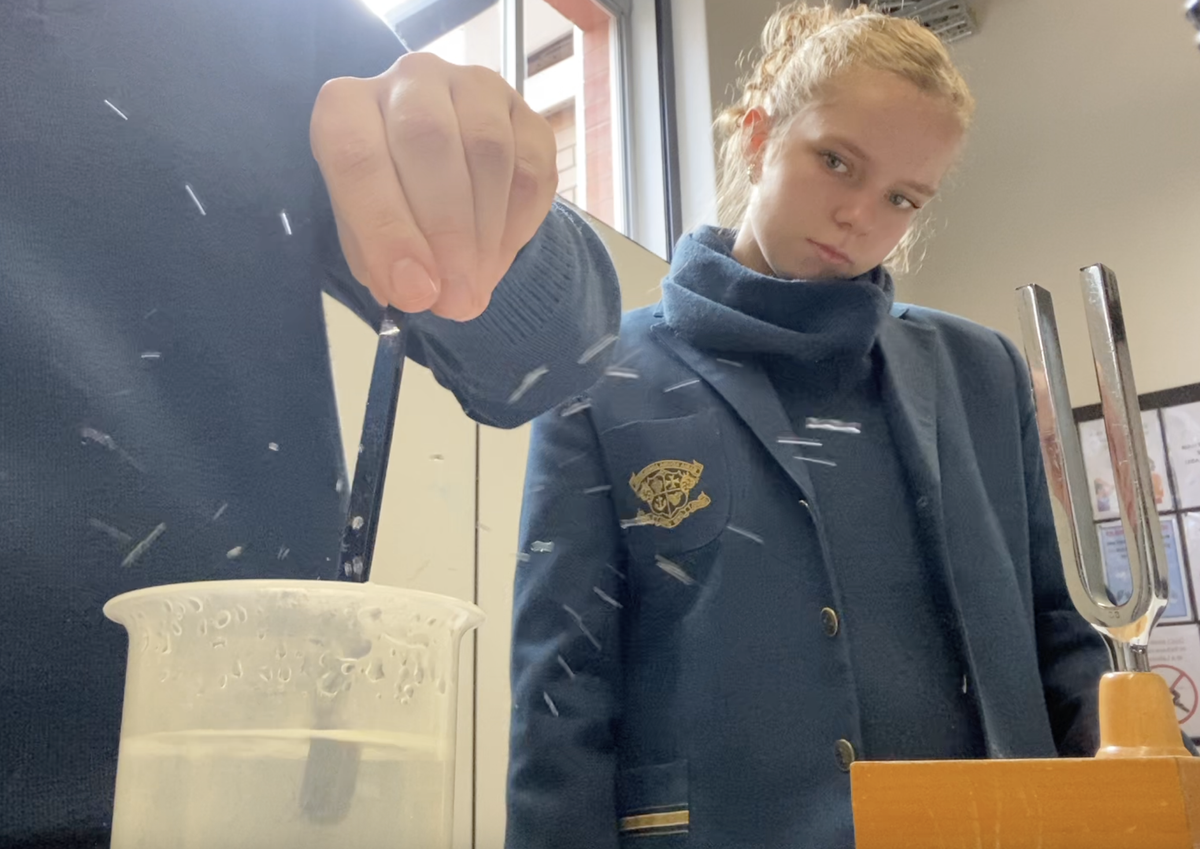
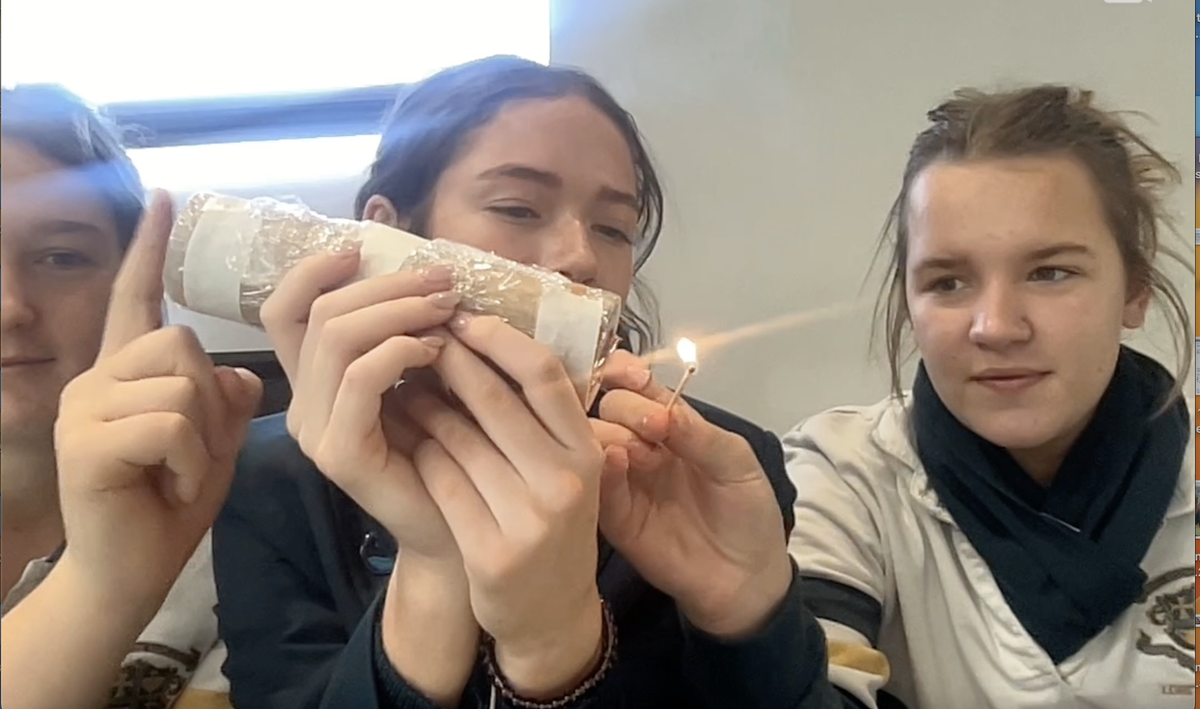
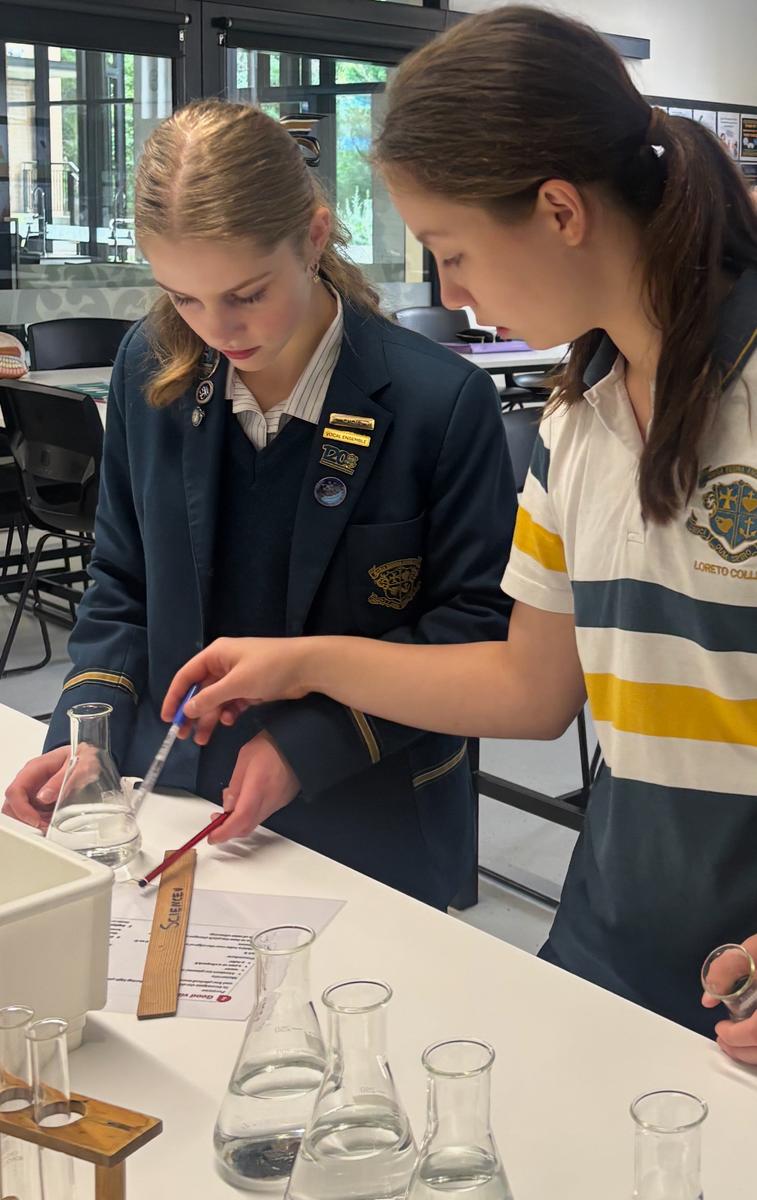
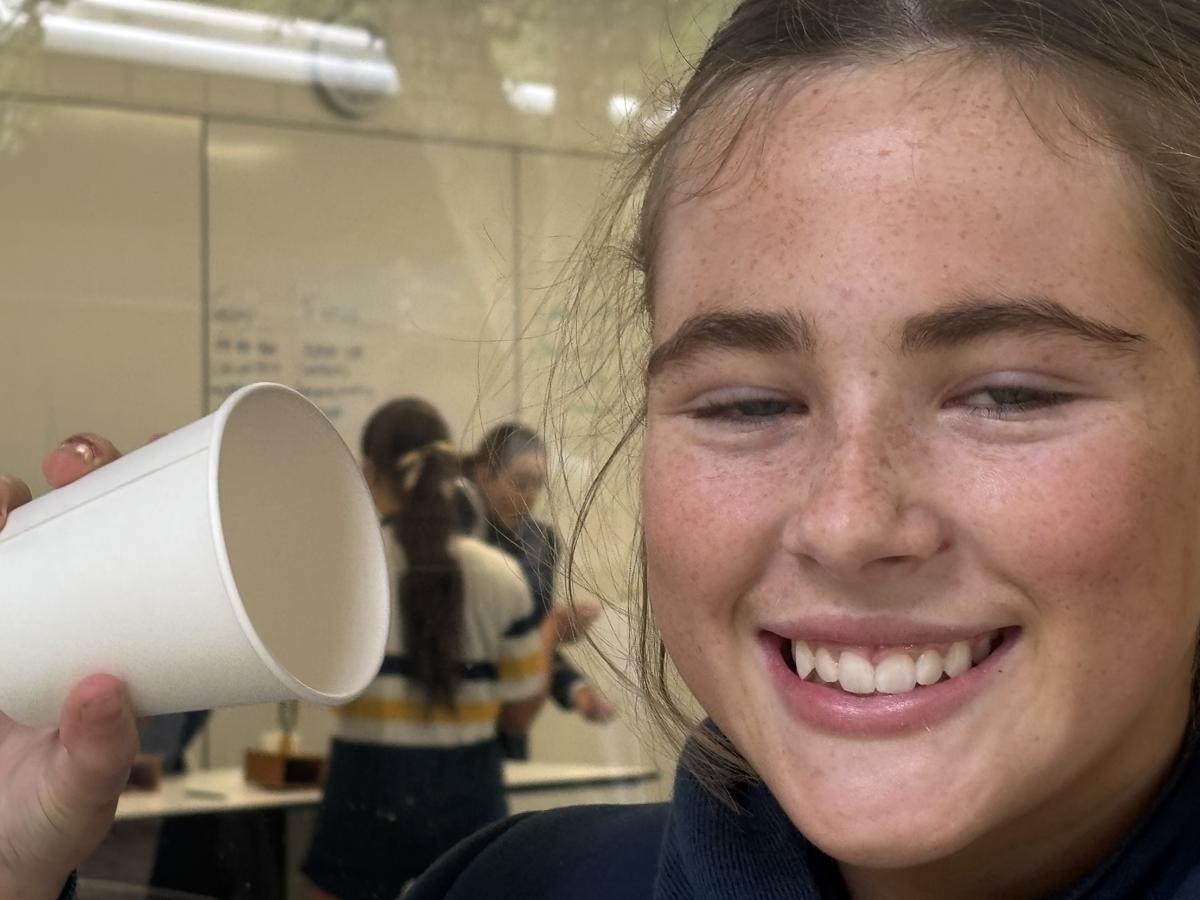
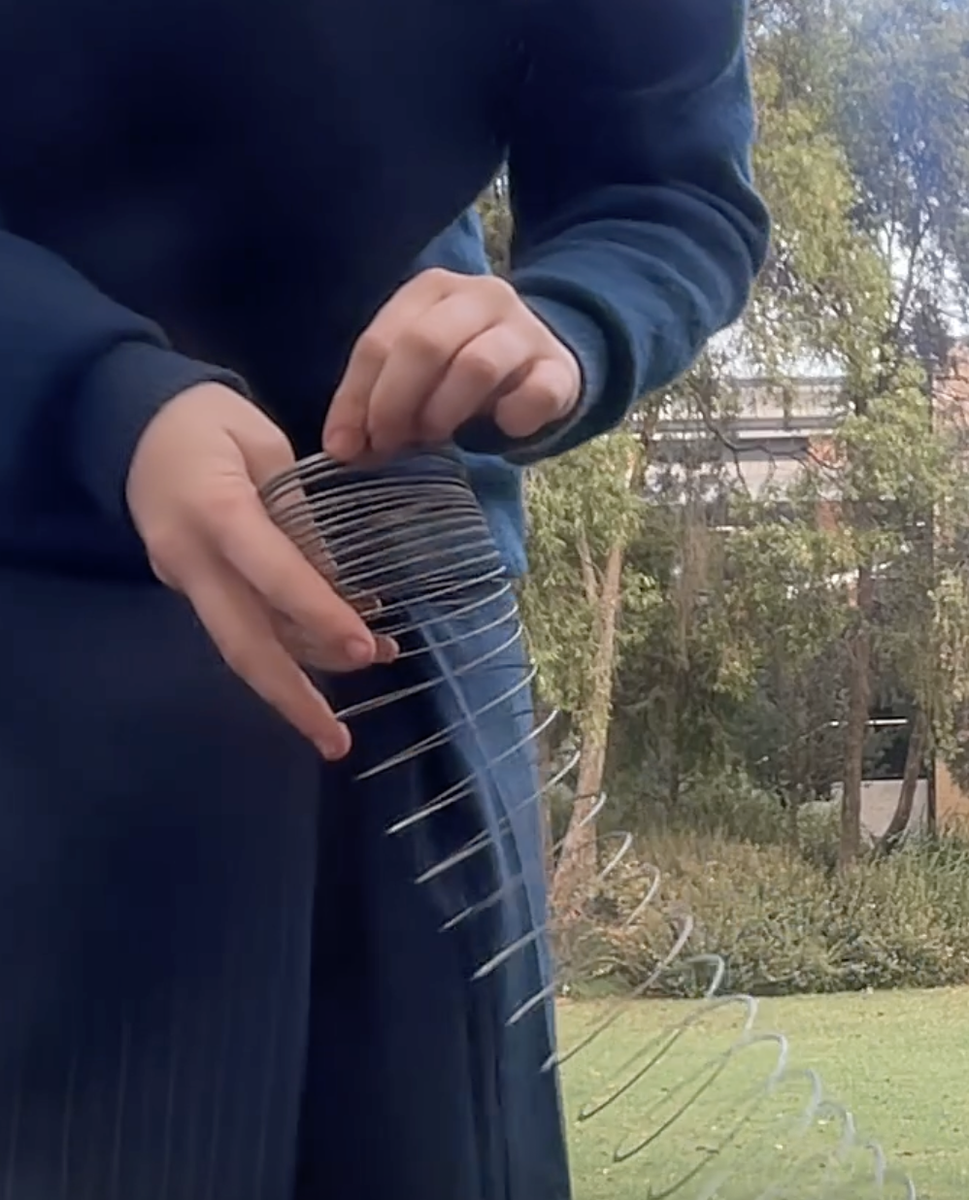






The Indigenous Garden (Mika Kurruru) Seed Bank Club ‘opened its doors’ this year! Seed Banks make it possible to conserve the diversity of plant species and help replenish seeds if they are lost due to natural or negative human impact. The girls are learning to harvest and preserve seeds from Mika Kurruru (Open Circle), Loreto College’s Indigenous Garden, and from Indigenous plants in the Heritage Garden. Seeds are held in temperature-controlled storage. A priority is to convey knowledge relating to the significance of conserving Indigenous plants available ‘in the bush’ to support the maintenance of biodiversity and cultural identity and to appreciate local plants as a source of sustainable food and medicinal value. Seeds also have an innate aesthetic beauty. Please come along to the Biology Lab (JUM.2) every Friday, Week A (Monday next term) after school until 4.30pm. We are so keen for new members!
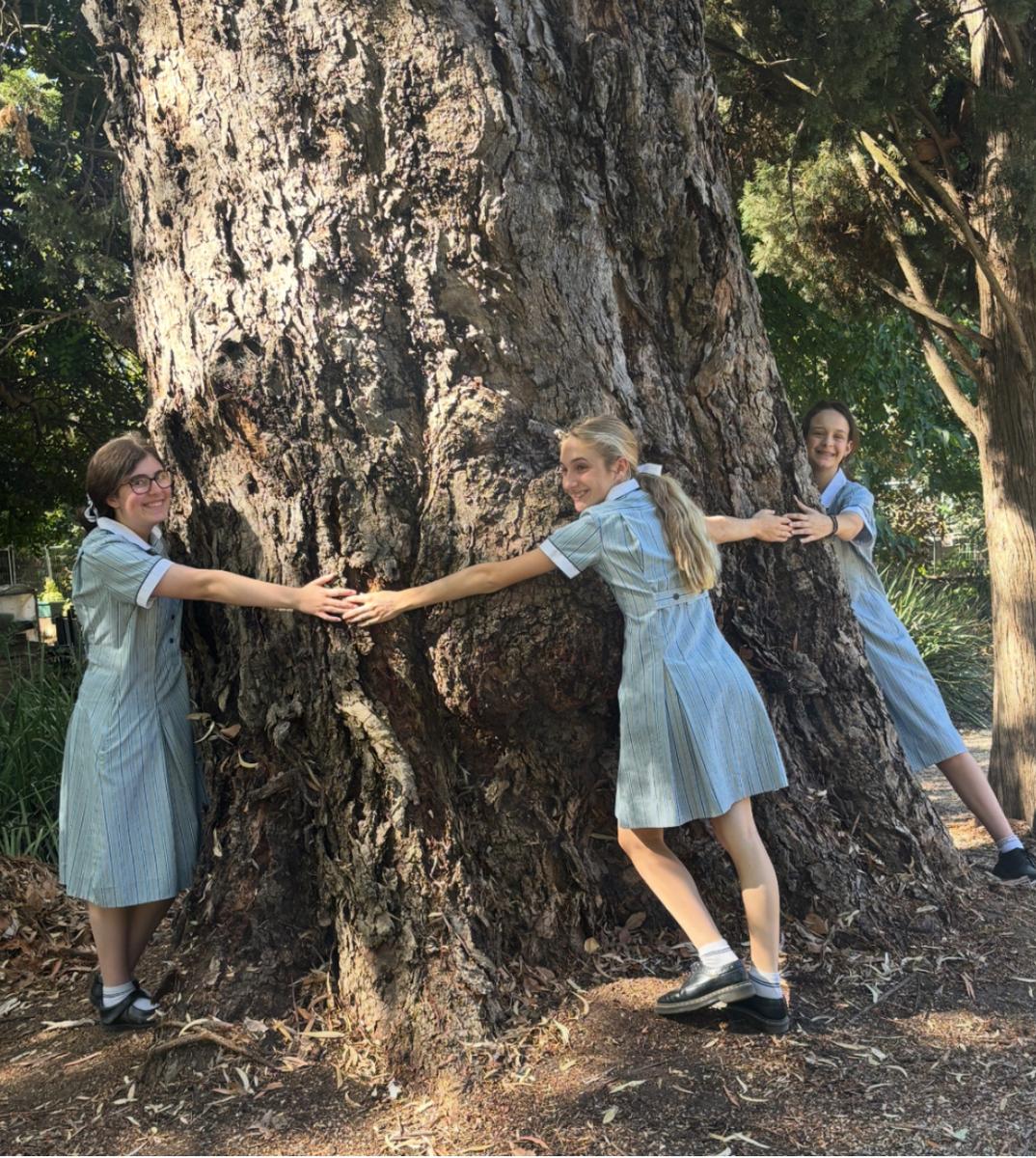
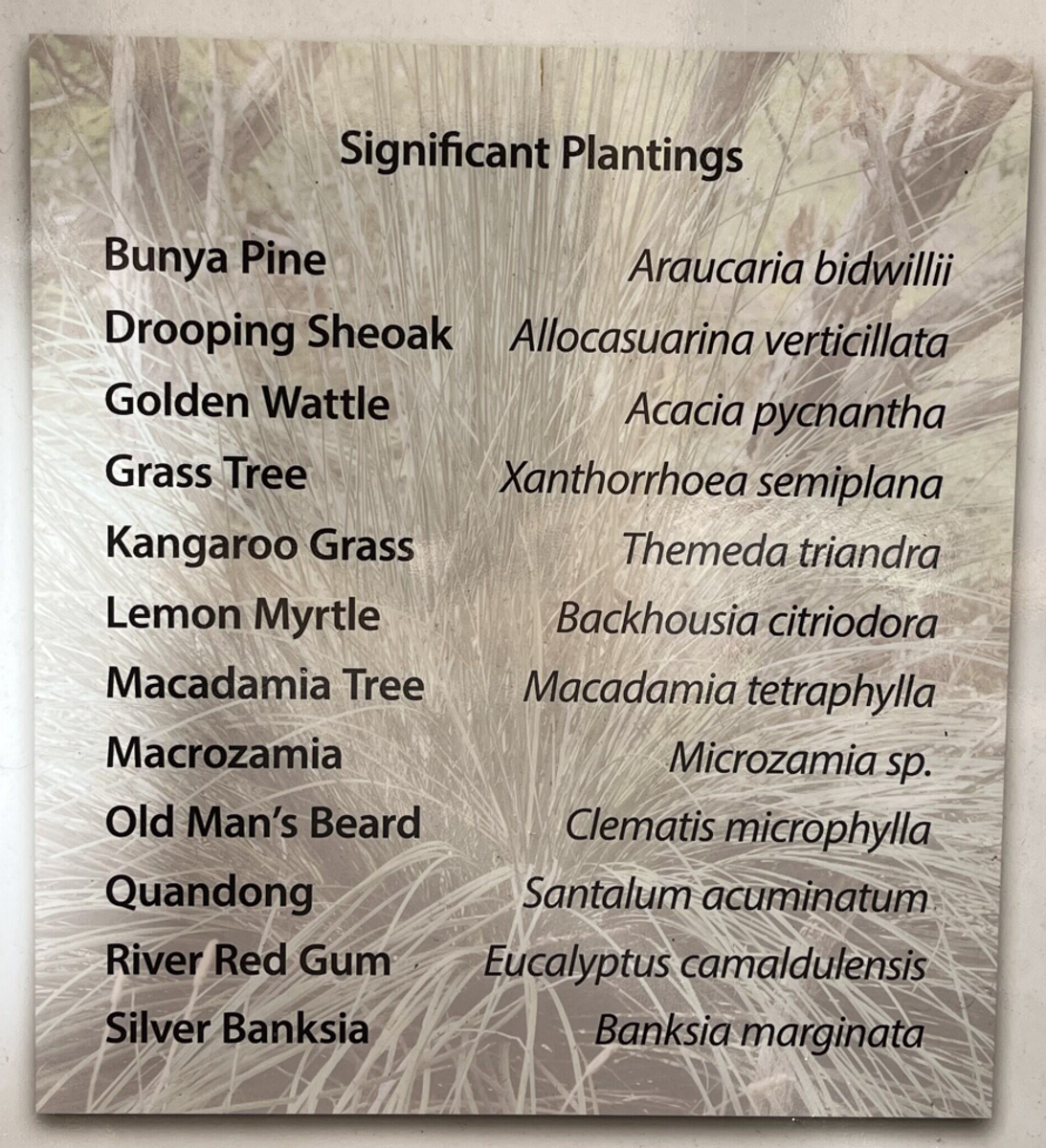
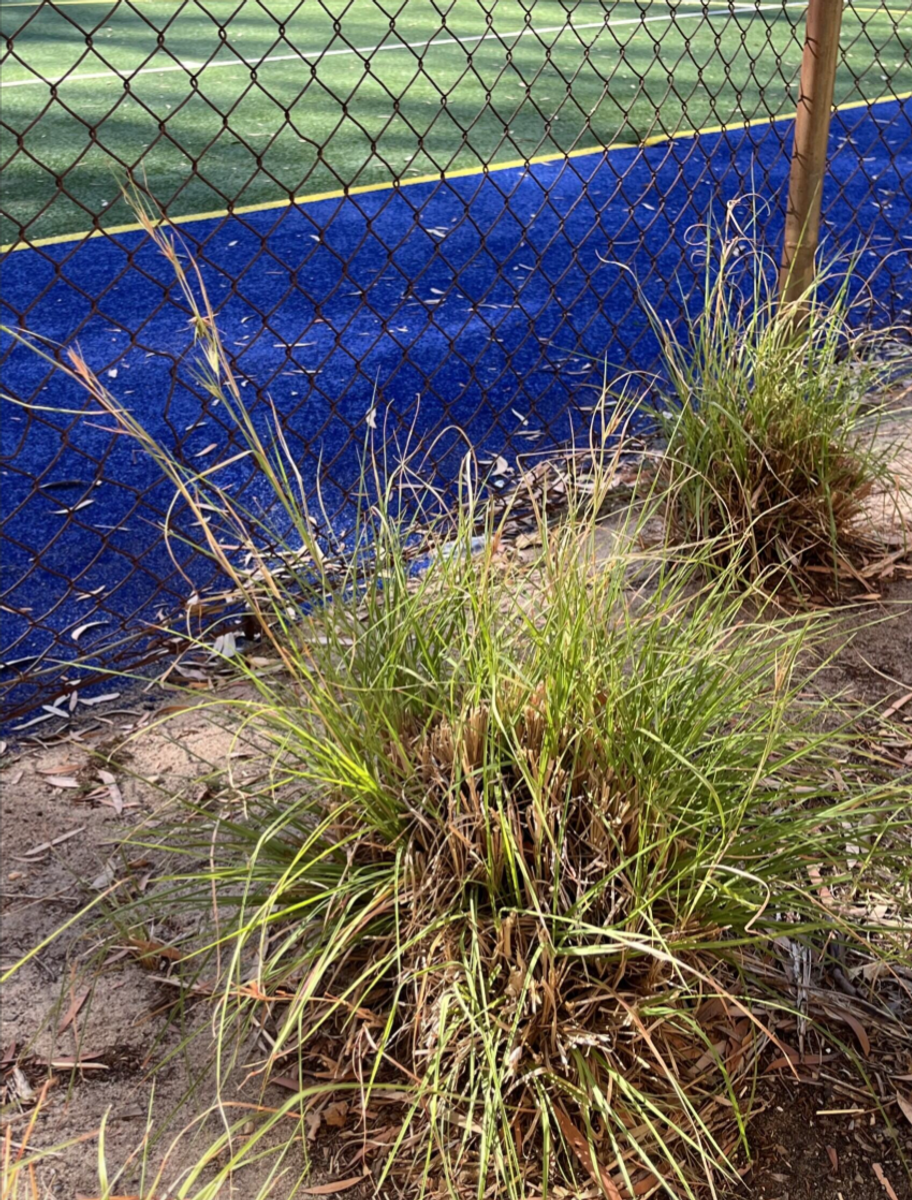
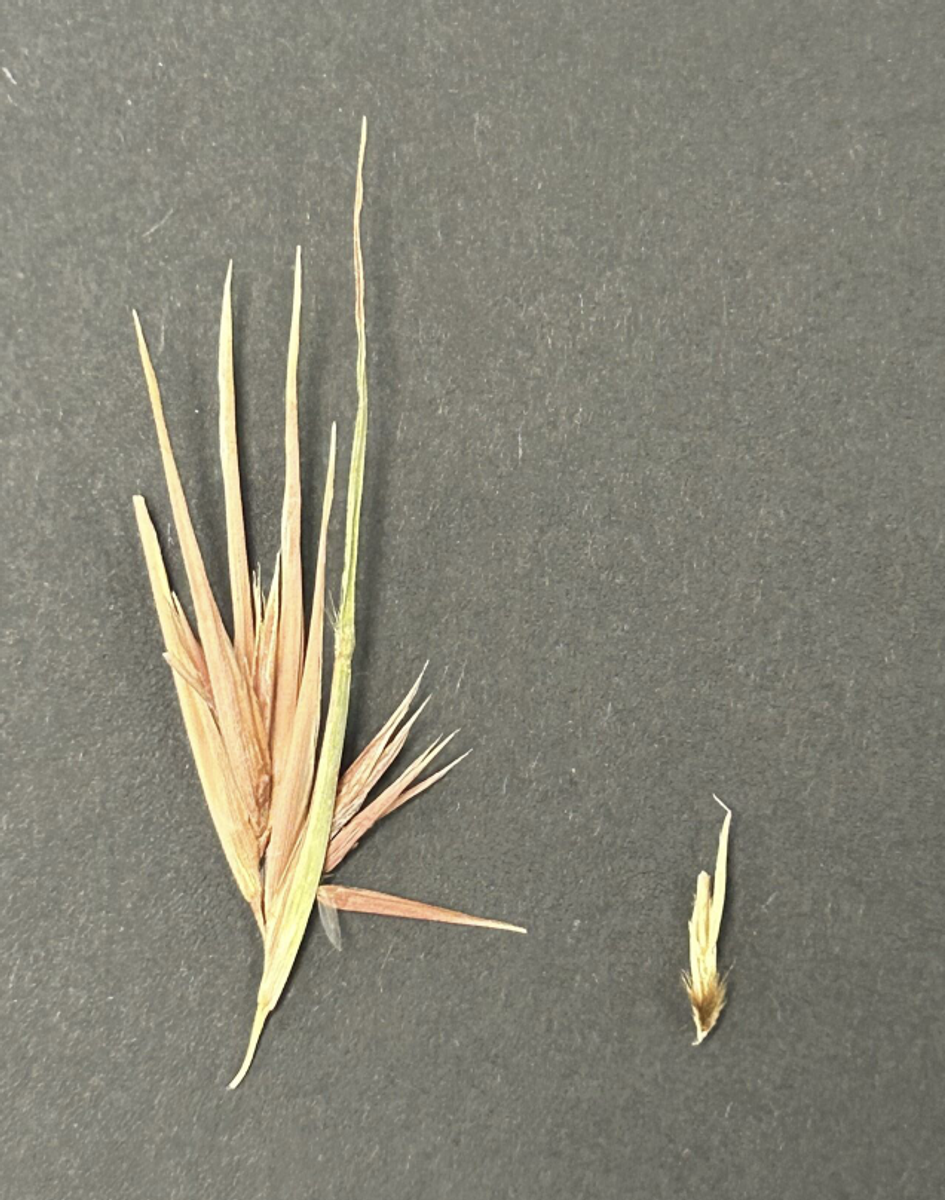

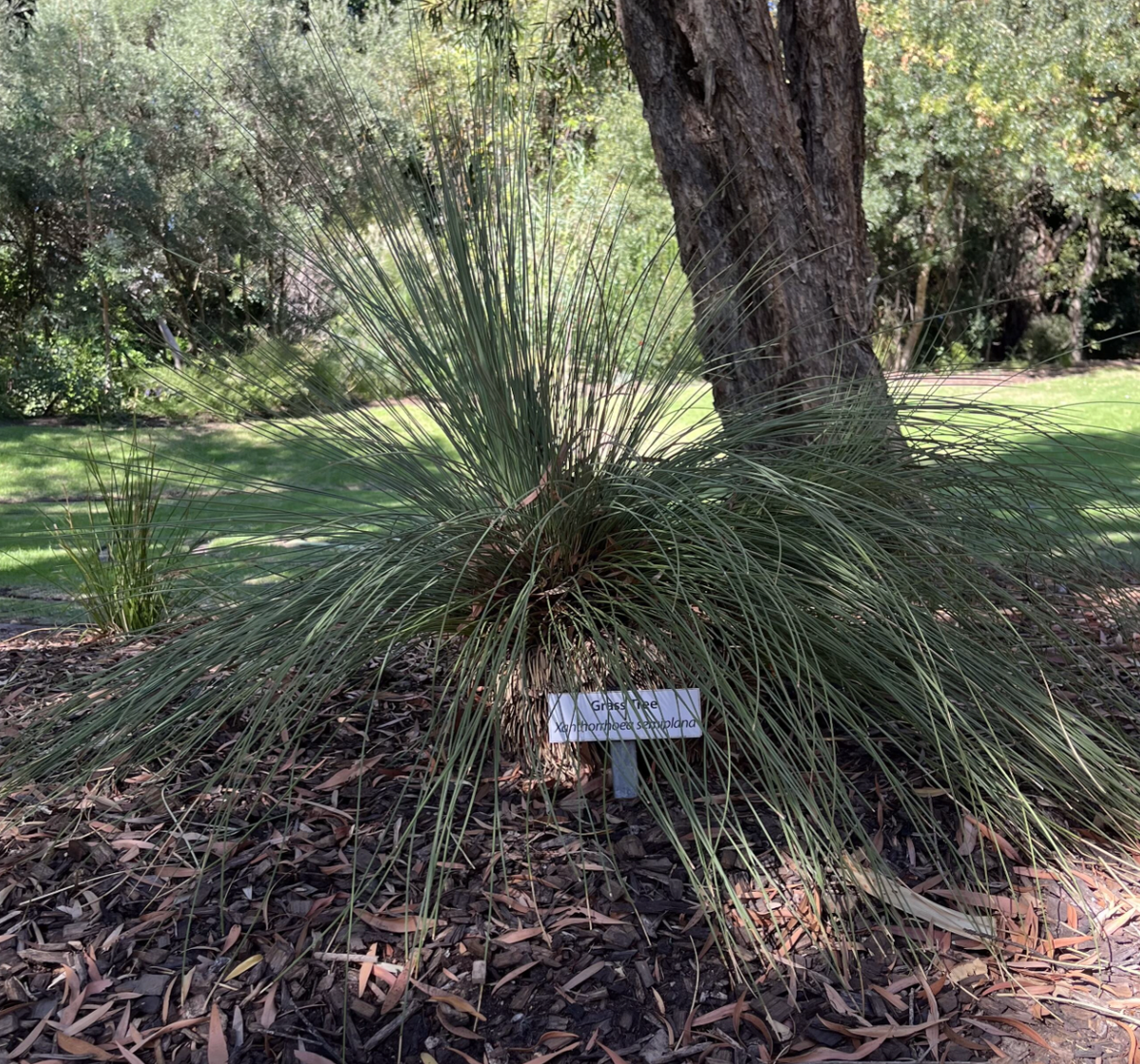
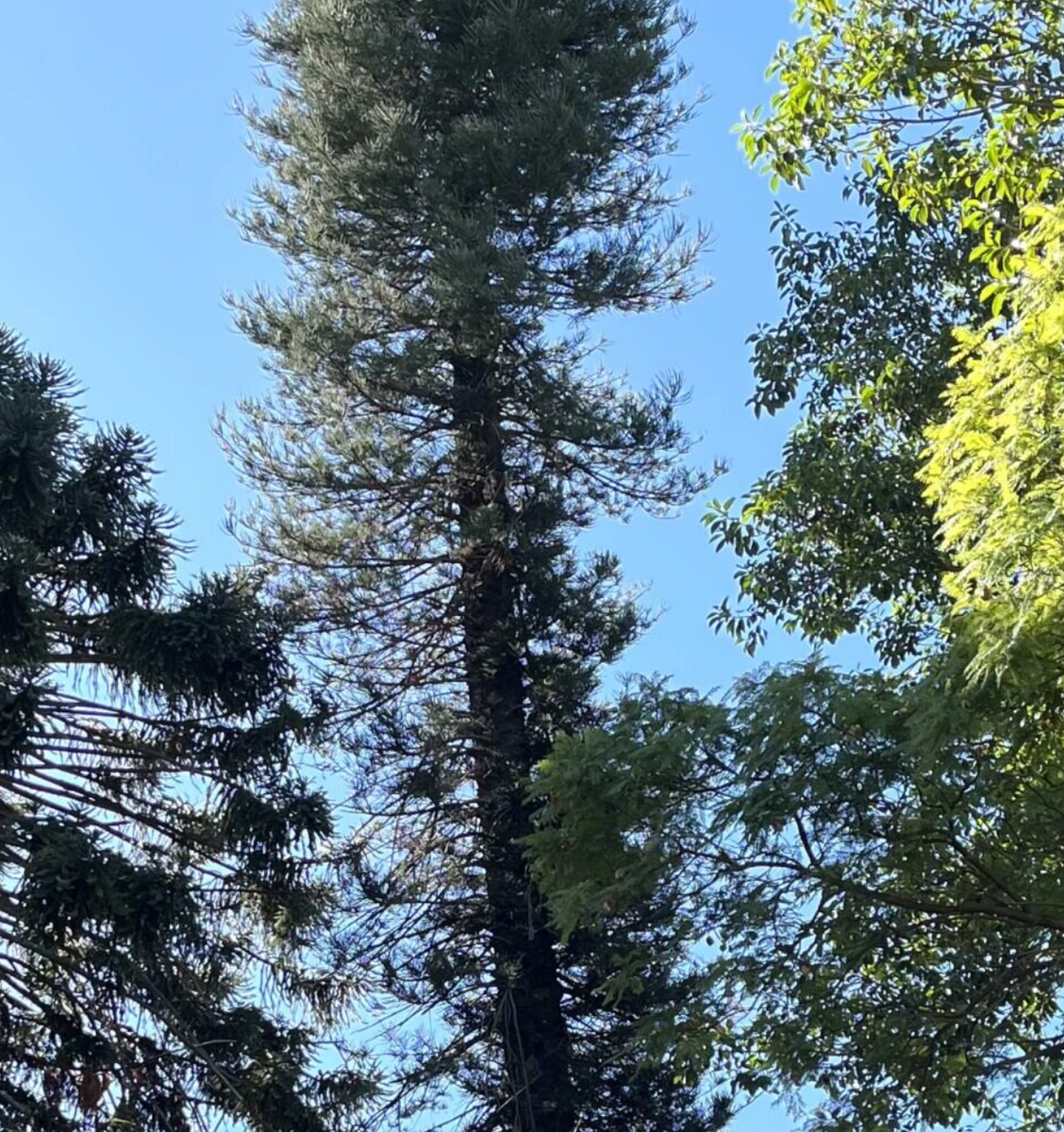
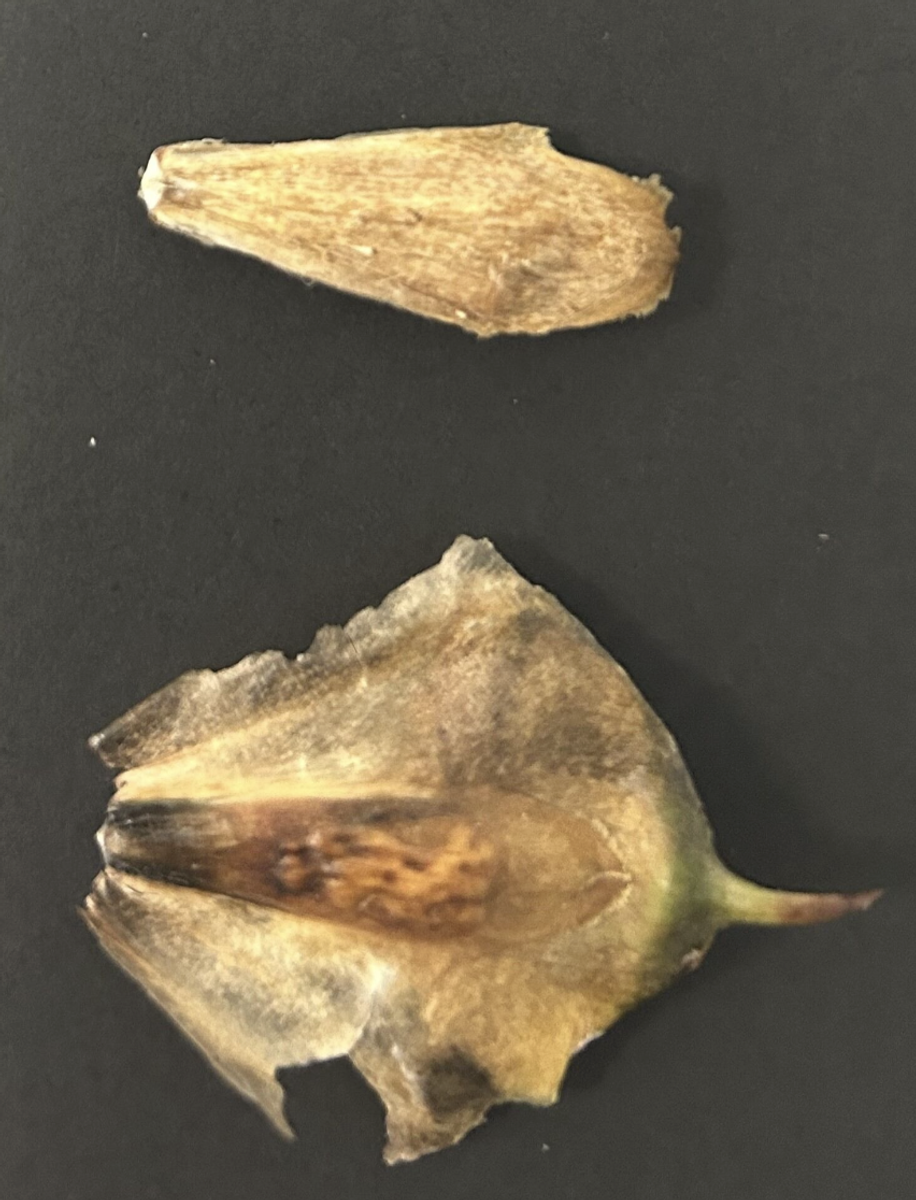
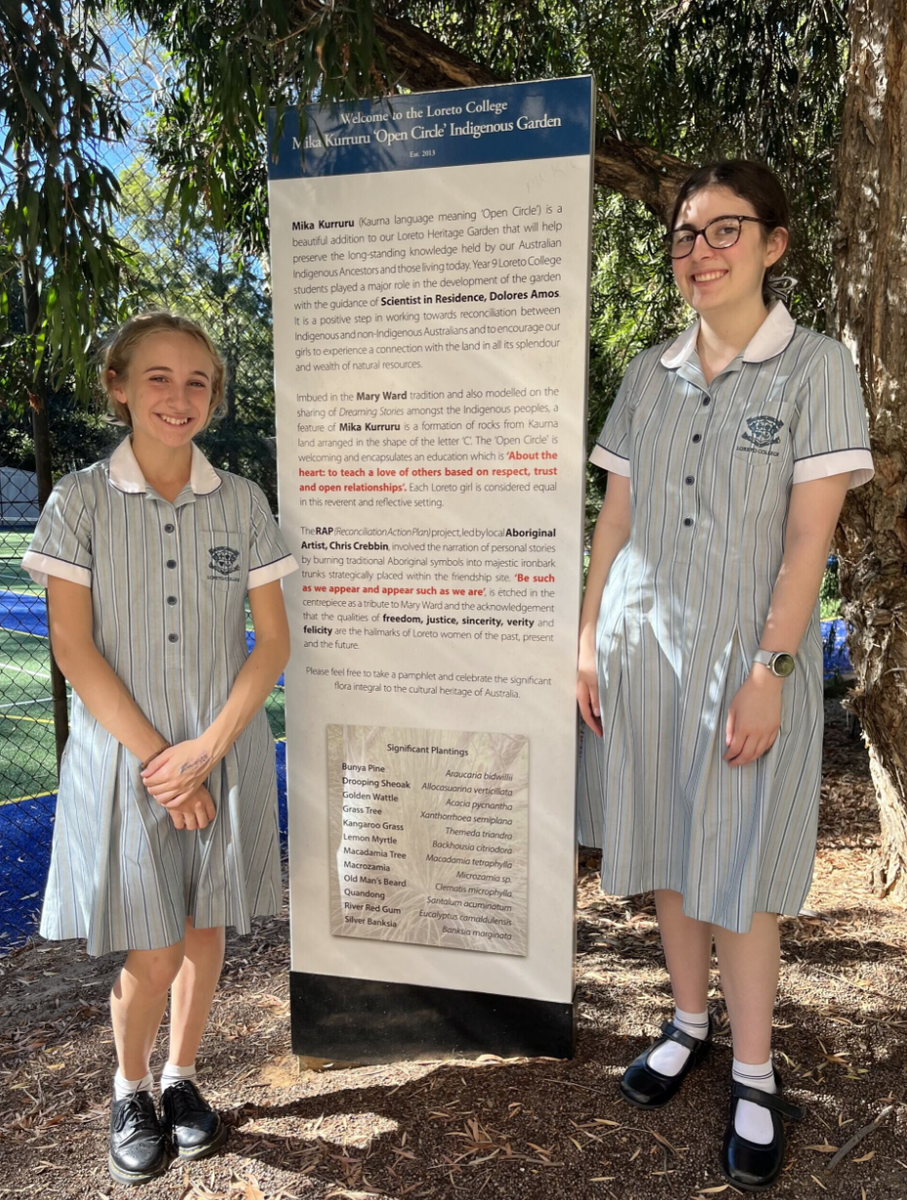









The Design and Technologies Curriculum empowers students to think critically, solve problems creatively, and apply practical skills in real-world contexts. It prepares them for future careers by fostering innovation, digital literacy, and an understanding of sustainability and ethical design. Through hands-on projects this Semester, students have grown in confidence and developed meaningful connections to cultural perspectives. The curriculum also encourages interdisciplinary learning and entrepreneurial thinking, helping students become adaptable, responsible, and future-ready.
It has been a busy start to the term with a range of exciting design projects underway. Year 7 Material Solutions students have begun product development, while Year 9s are 3D printing cars for their upcoming Formula 1 Race Challenge. Stage 1 and 2 Industry and Entrepreneurial Design students are currently testing materials for their major projects, which include sustainable bus shelters, hiking shelters, and low-impact housing.
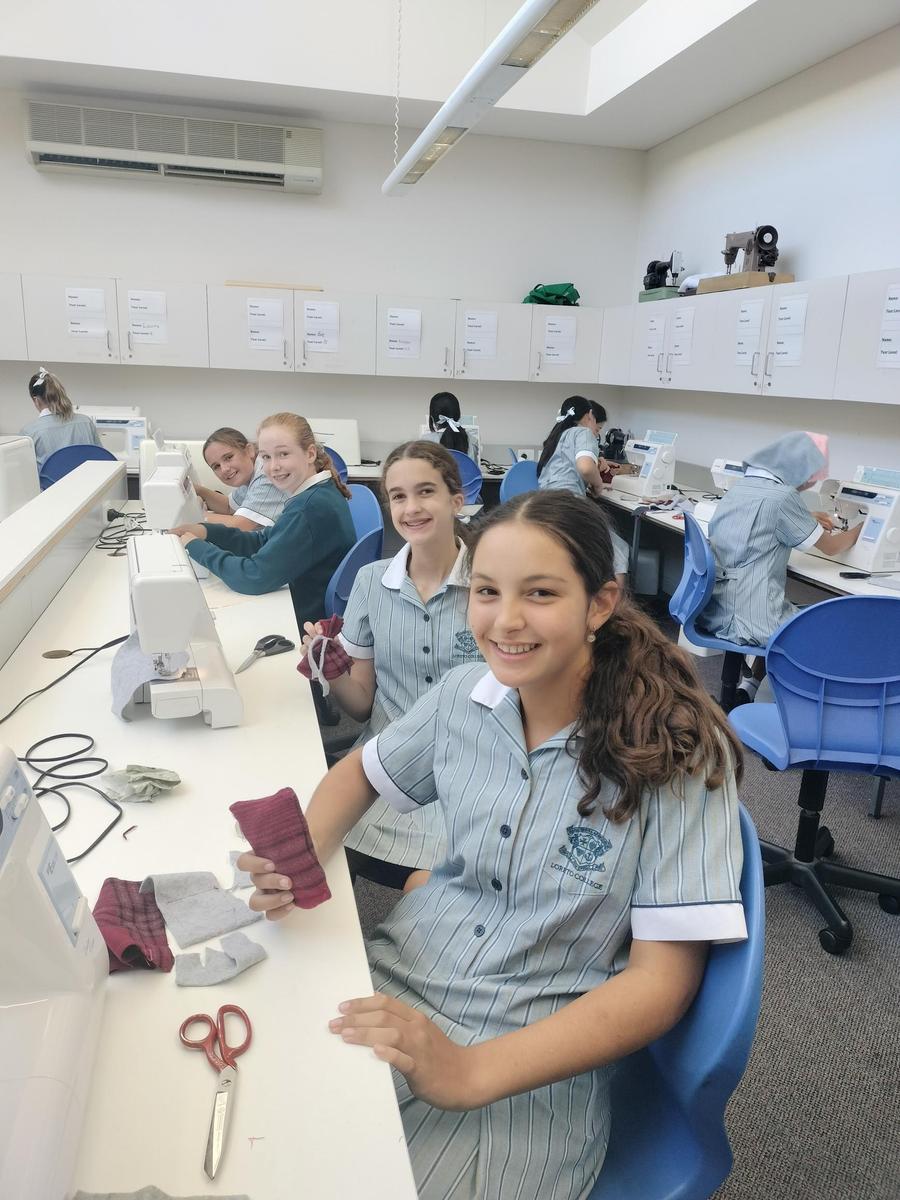
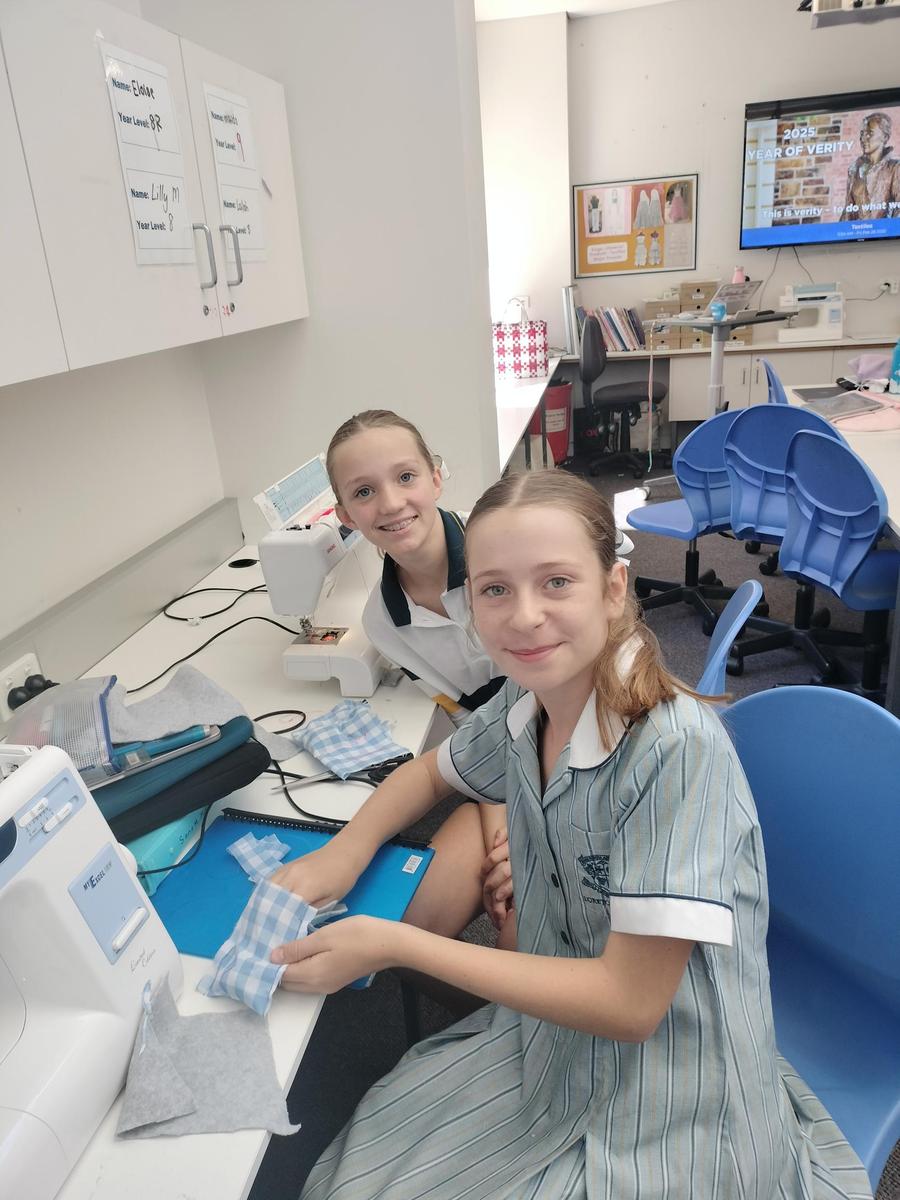
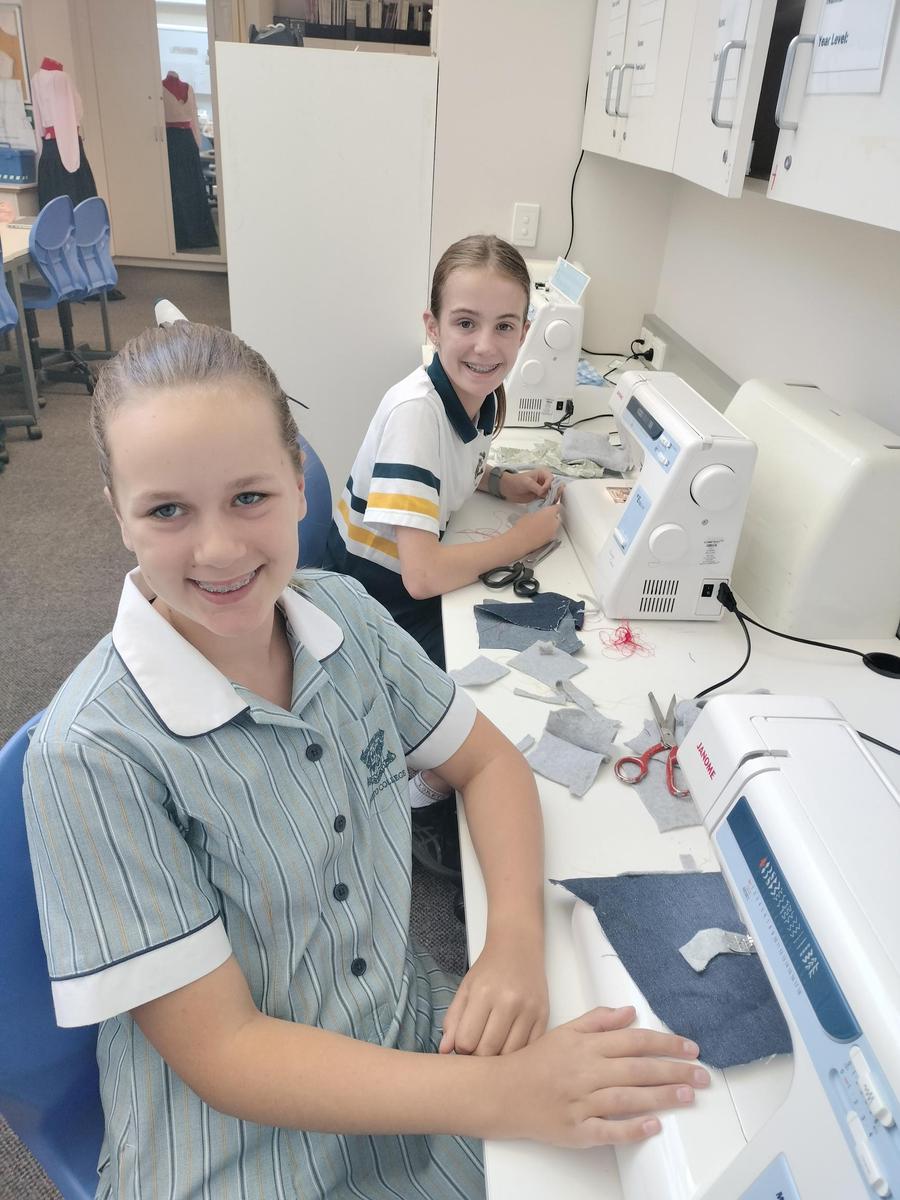
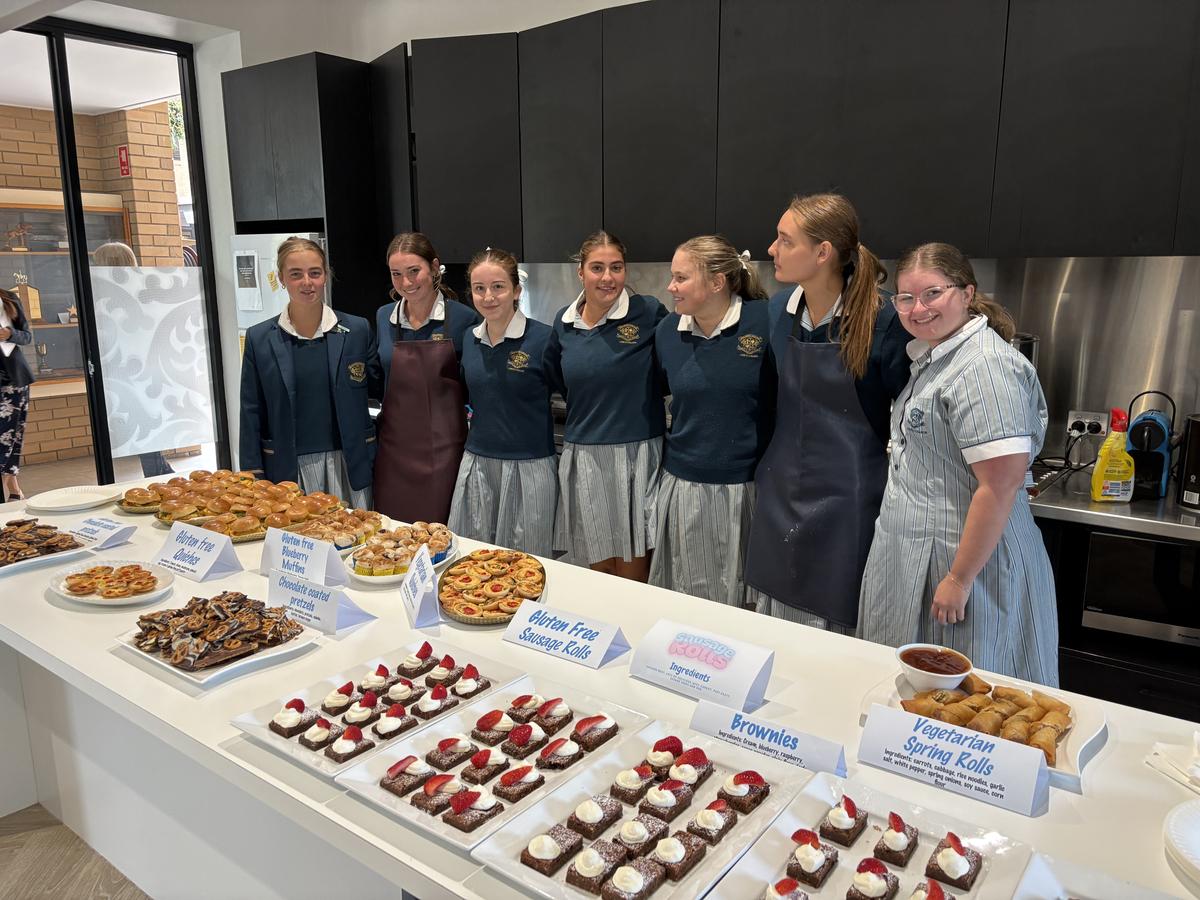
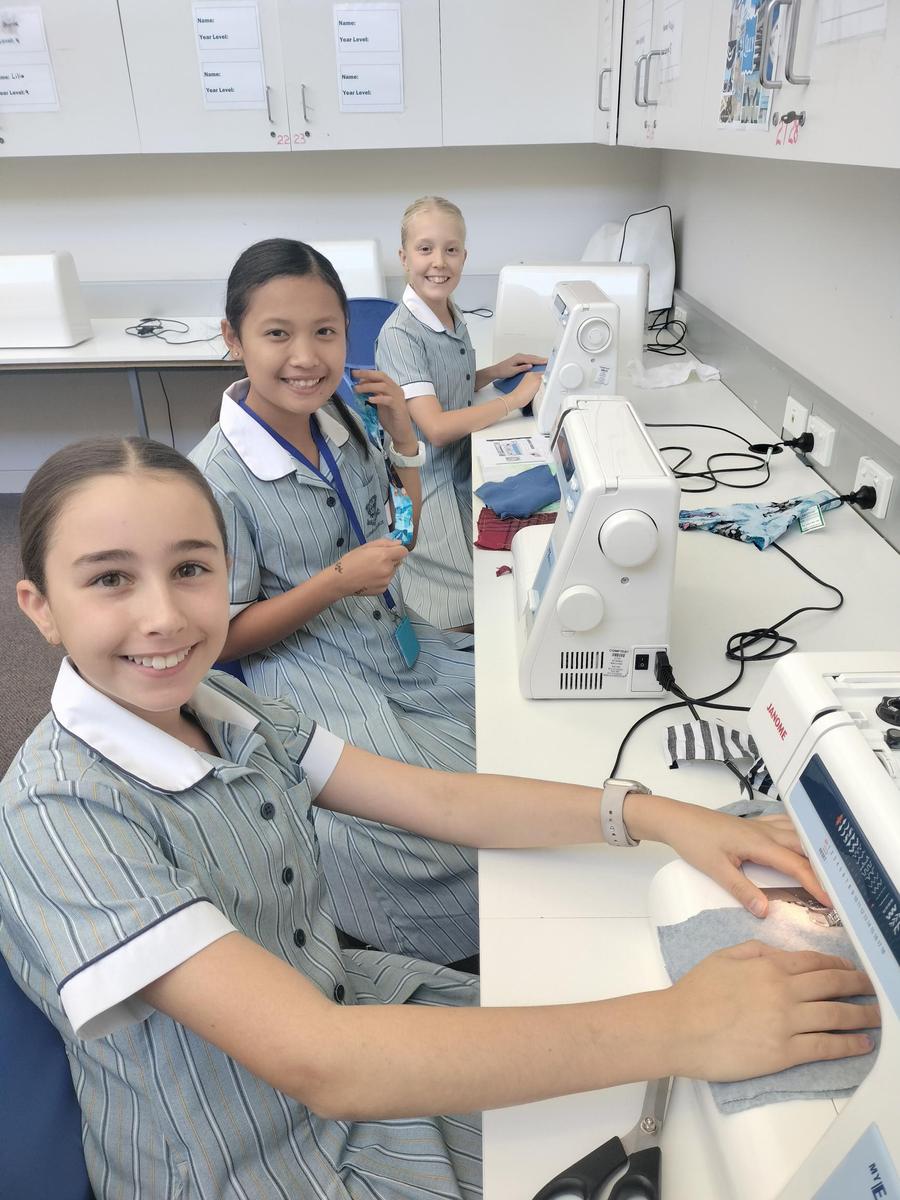

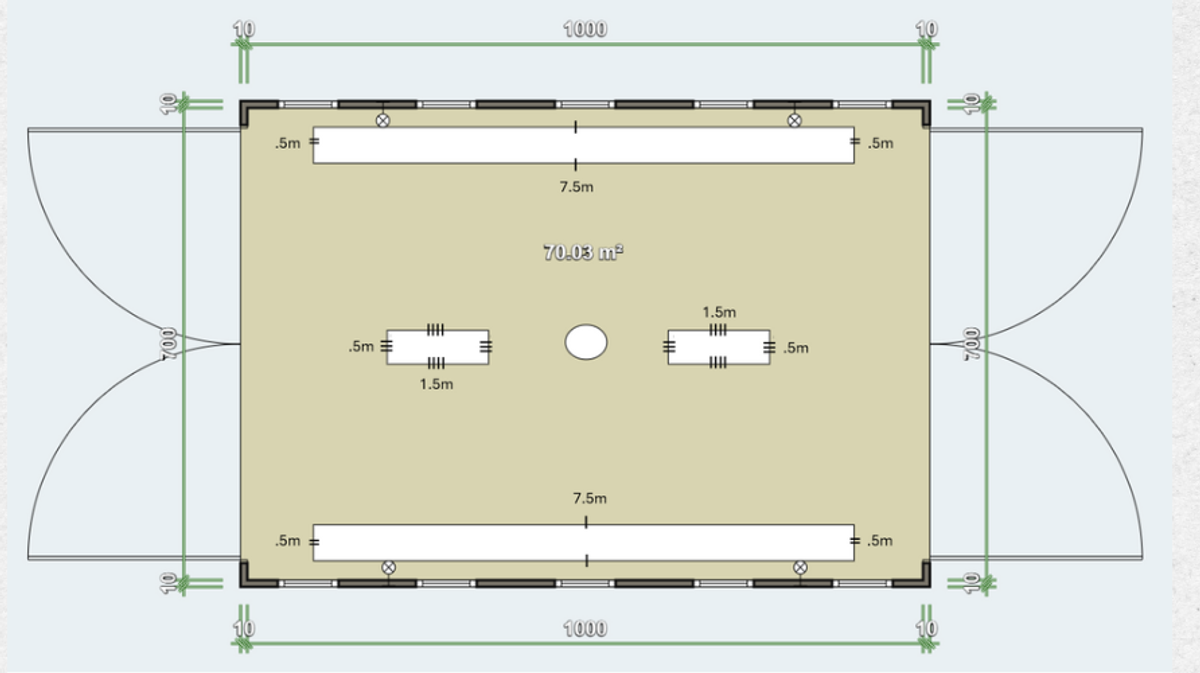
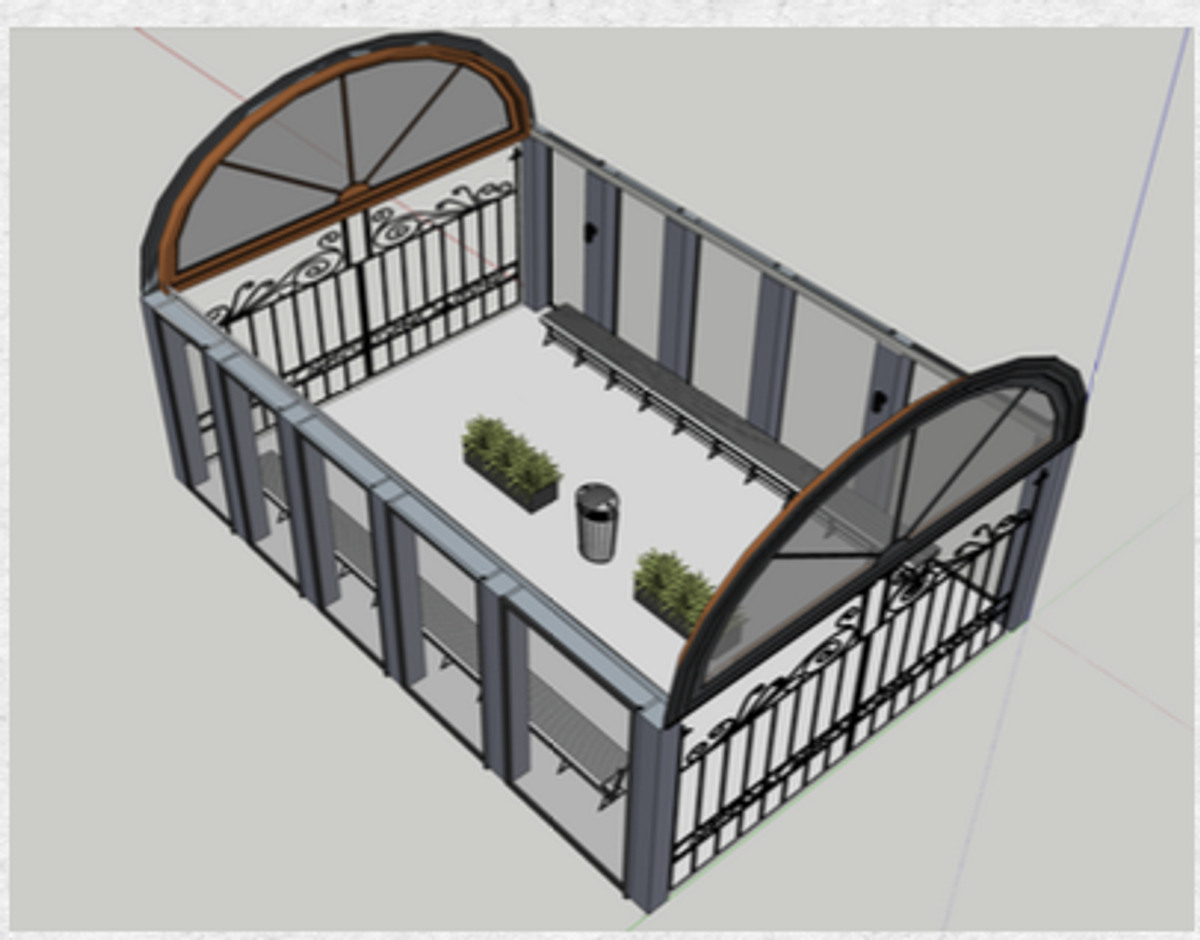
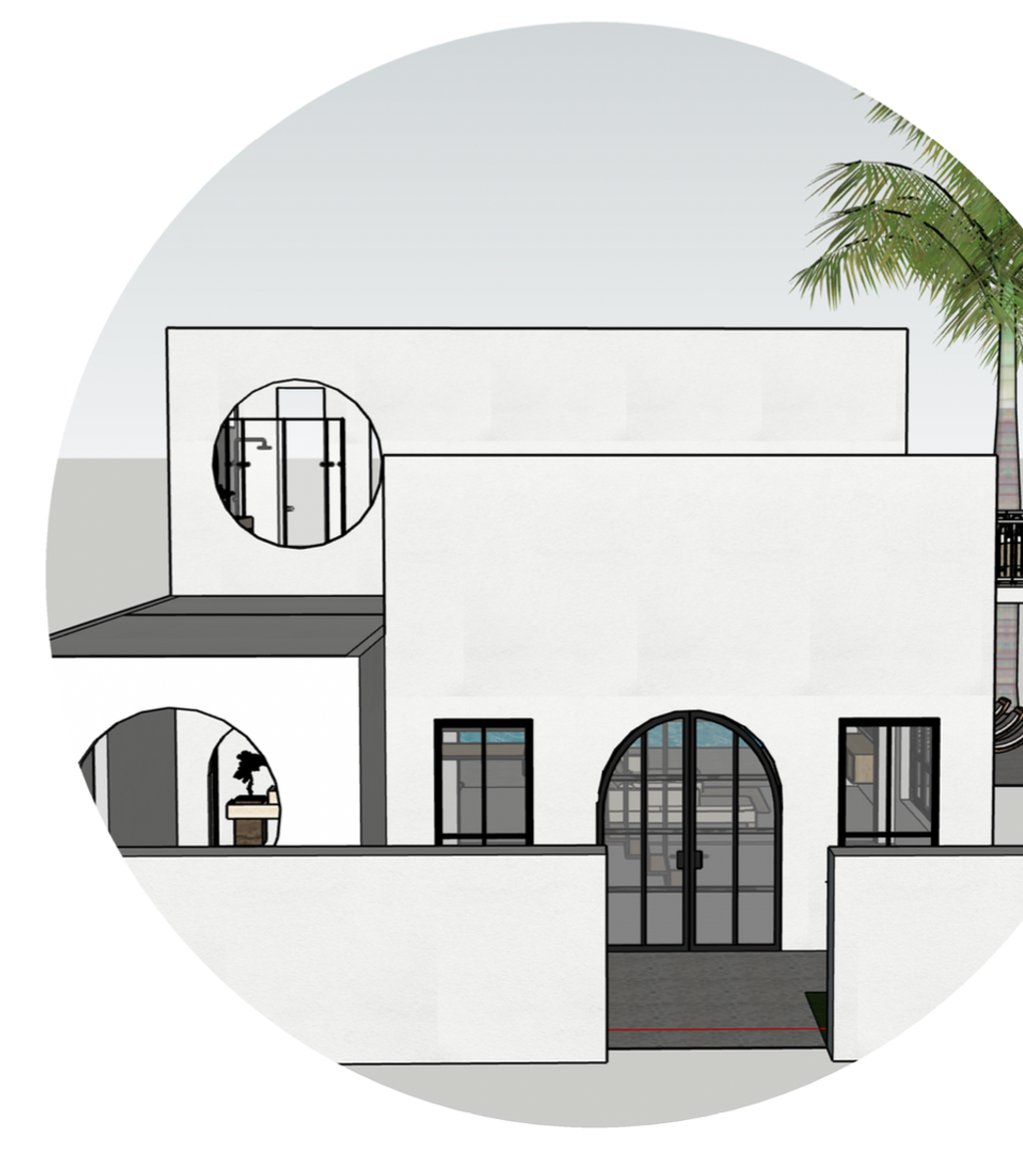
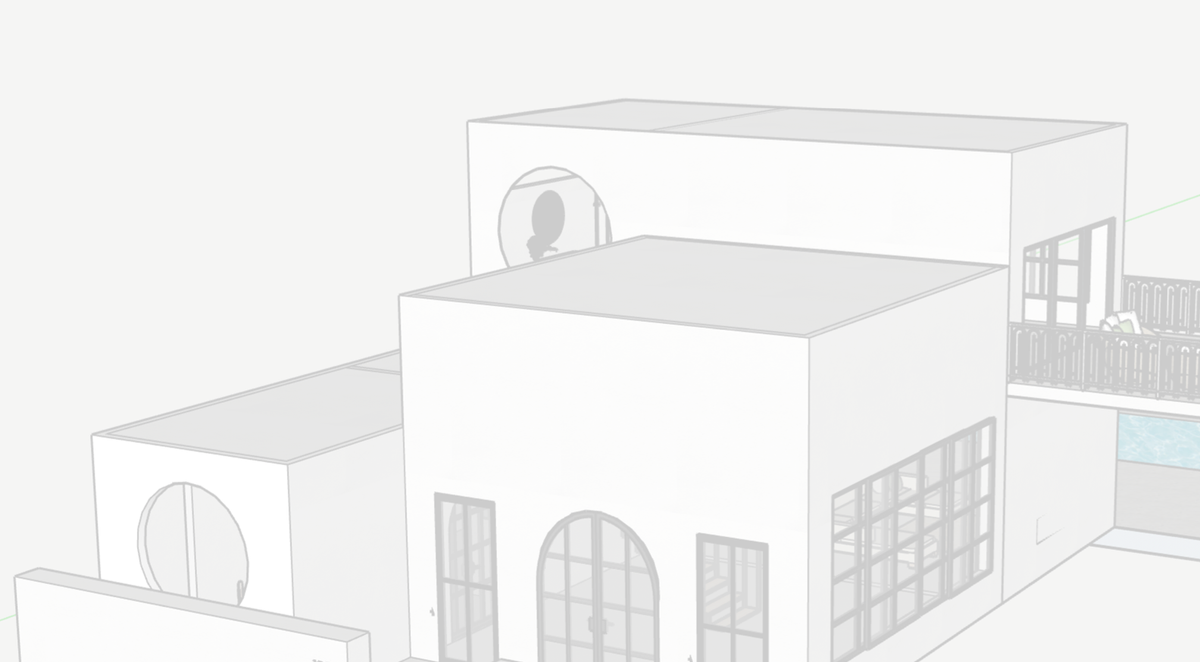










In Food and Hospitality, Stage 1 and 2 students have successfully completed their group assessments. Stage 2 students were tasked with designing a sustainable and nutritious staff lunch, while Stage 1 students created a staff morning tea. Both groups worked under pressure to meet strict service deadlines, and it was fantastic to see their planning and teamwork result in such successful outcomes. Congratulations to the students, feedback from staff was overwhelming with applause.

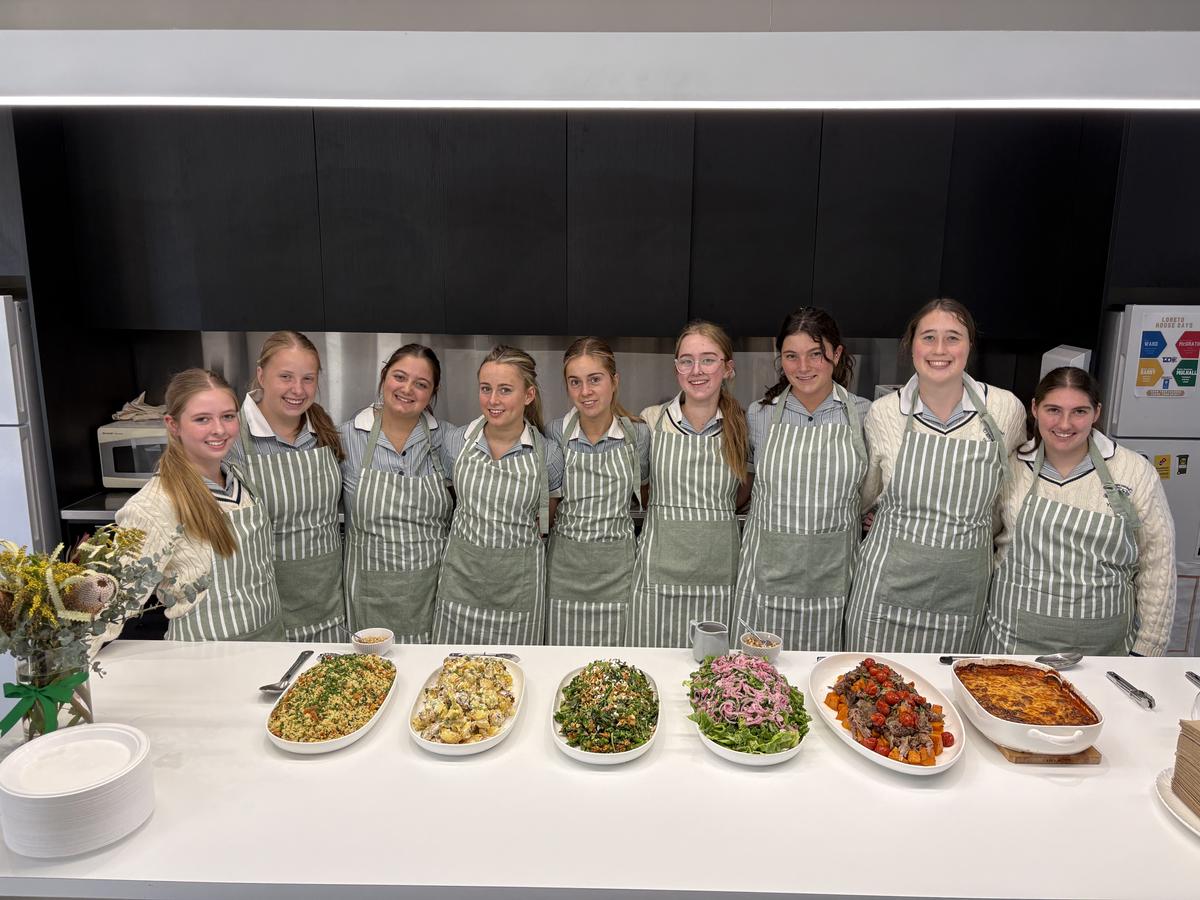

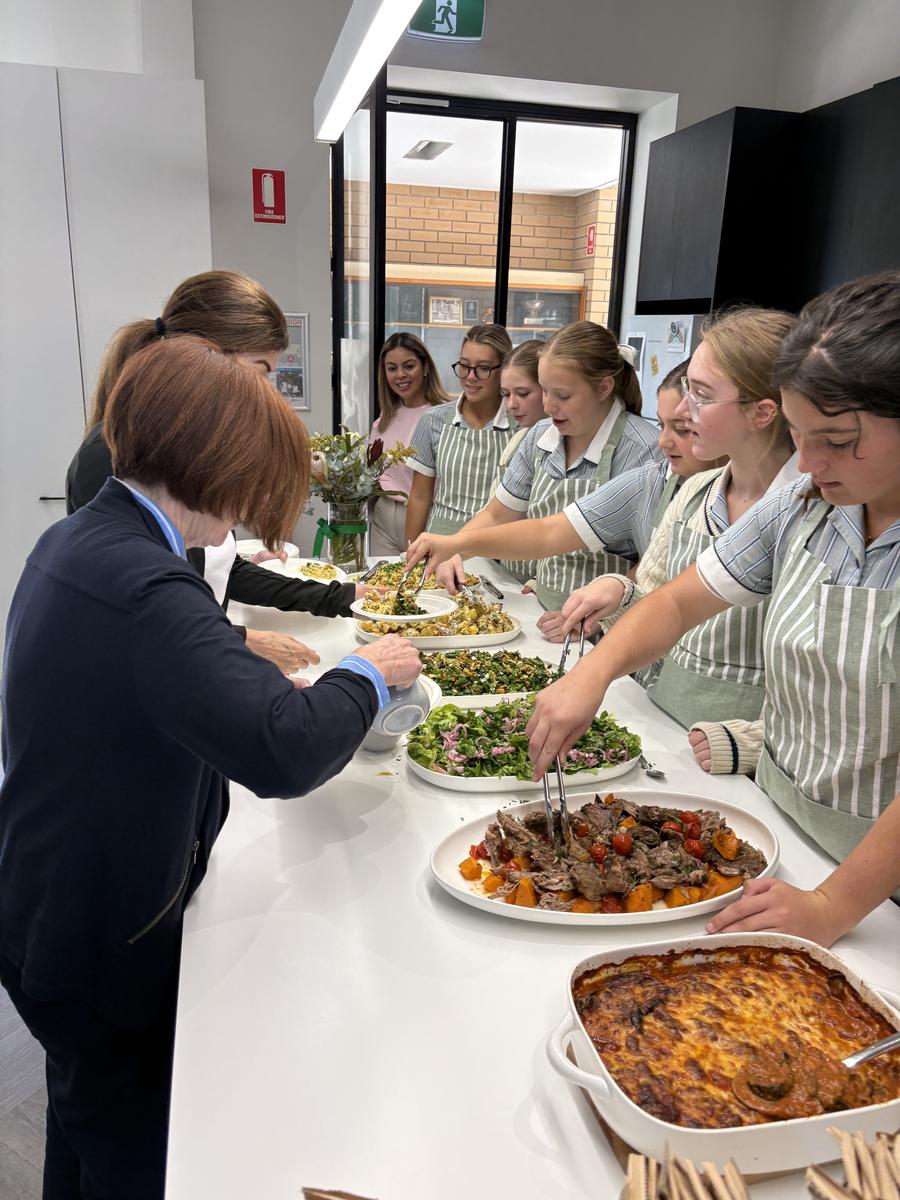
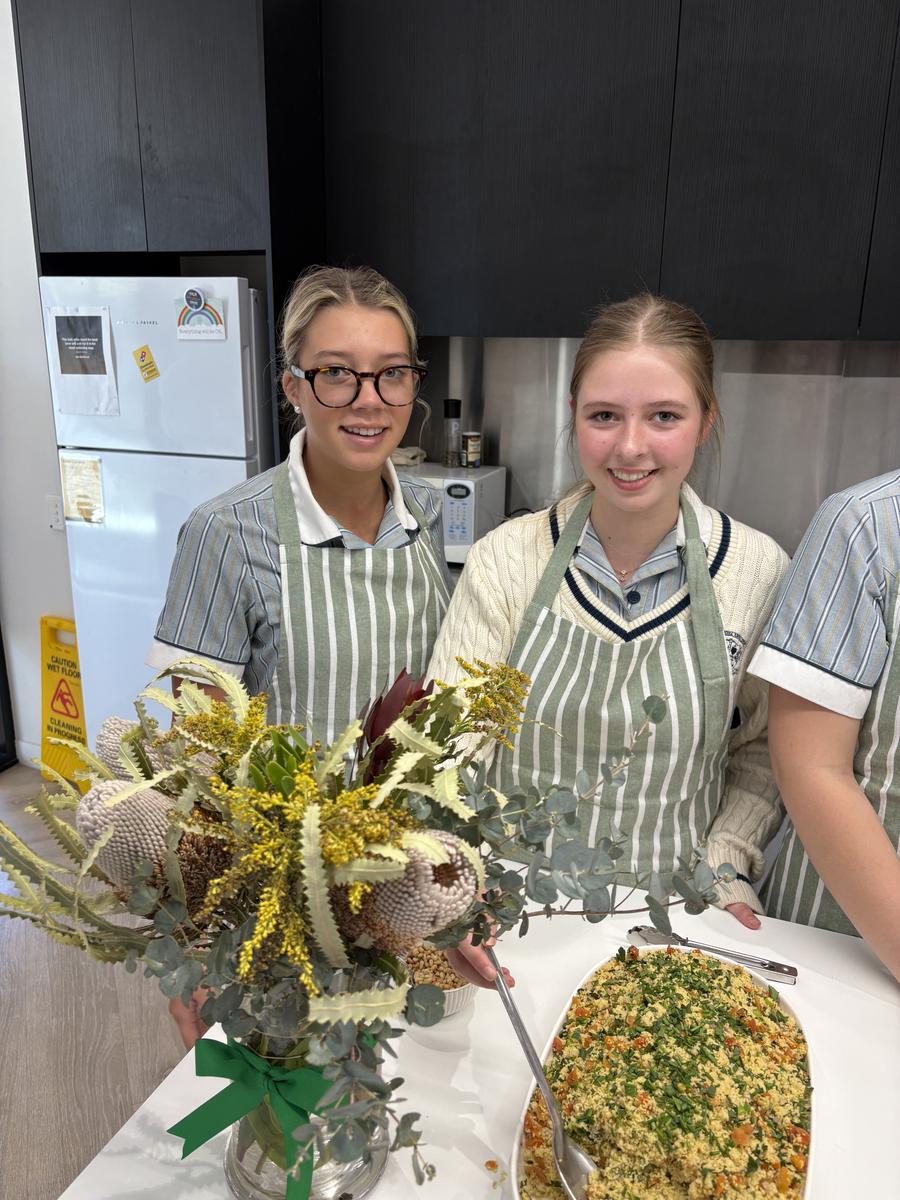





Kelly Bregantic
Leader of Technologies
The SACE Visual Arts Curriculum encourages students to engage with creative expression through conceptual, practical, and analytical approaches. Through hands-on experience with a range of materials and techniques, students are building and refining their technical and conceptual skills to express personal thoughts, beliefs, and experiences through their art practice.
How do artists sublimate the ordinary? This powerful provocation, drawn from Alain de Botton’s the Art of Travel, served as the conceptual launchpad for our Year 11 Visual Arts students’ major practical work this semester. Exploring how artists transform familiar and overlooked objects into subjects of beauty and contemplation, students engaged in a journey of heightened observation and technical experimentation. The unit began with reference to Deborah Klein’s evocative Rückenfiguren and Nathan Taylor’s hyperreal interpretations of everyday urban scenes, rubbish bins, letterboxes, and consumer debris. These artists offered potent examples of how the mundane can be reimagined as extraordinary through artistic practice. Working in charcoal and white chalk, students first explored the complex textures of braided human hair, an intimate subject that demanded close attention to detail and tonal nuance. This sensitivity to observation was then extended to a still life study of the humble taps in the Art Room. Photographed and composed with intent, these everyday objects became luminous drawings on black Canson pastel paper, rendered with Prismacolor pencils. Reflections, highlights, and saturated hues brought a surprising vibrancy and painterly depth to each work.
Our Artist in Residency program has given students the opportunity to work closely with practising visual artists. The study of painter Marisha Matthews introduced students to the technique of oil painting, where the seemingly insignificant, such as fallen autumn leaves, became the focus of meticulous hyperreal compositions. This process was deepened through a comparative analysis with Australian watercolourist Margaret Ackland. Students gained insight into how distinct mediums such as oil and watercolour can be harnessed to achieve subtle realism and emotional resonance.
Armed with these skills and influences, students then turned their attention to their own environments, photographing and selecting personal objects for their final major works. The results were thoughtful and diverse: Tibetan singing bowls, a cracked egg, ballet slippers, Easter eggs, and even a French horn. Each subject was treated with the eye of a curious traveller, seeing the familiar anew.
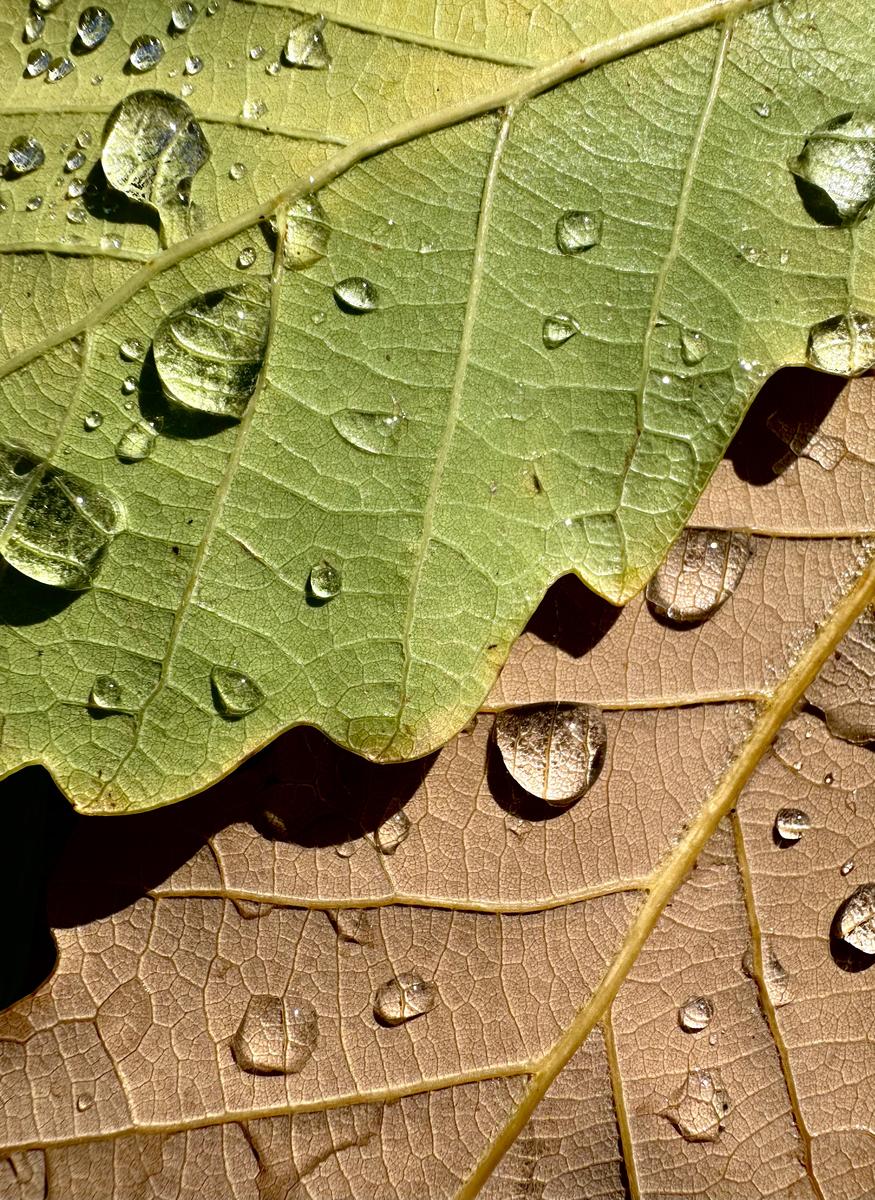
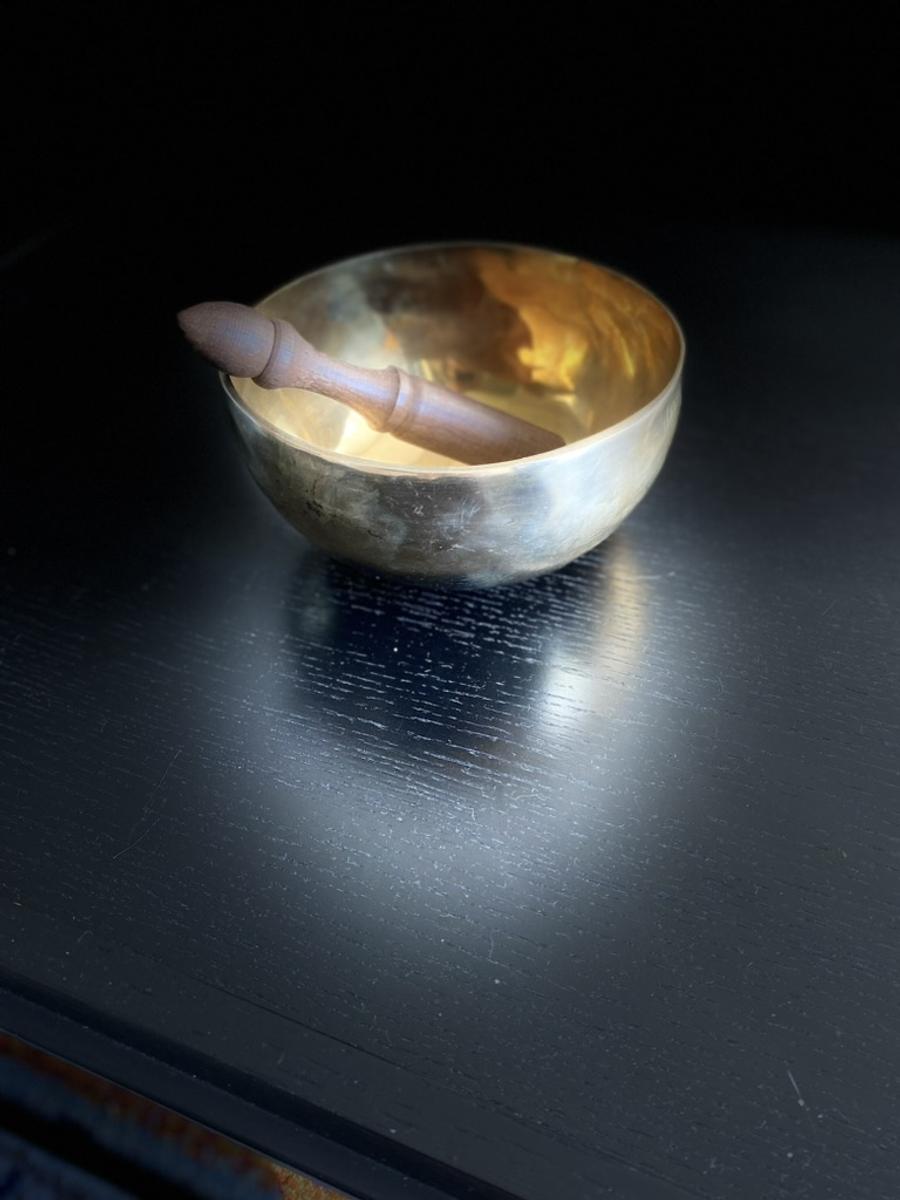
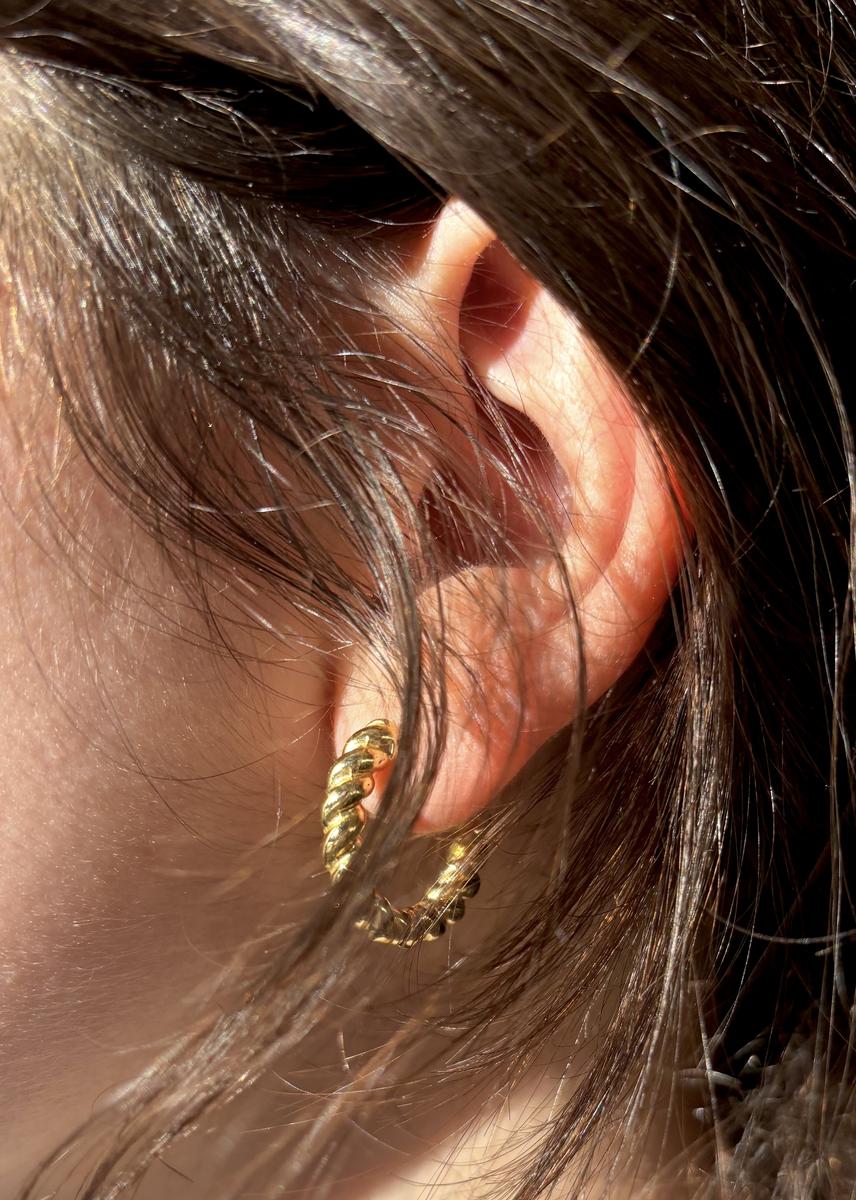
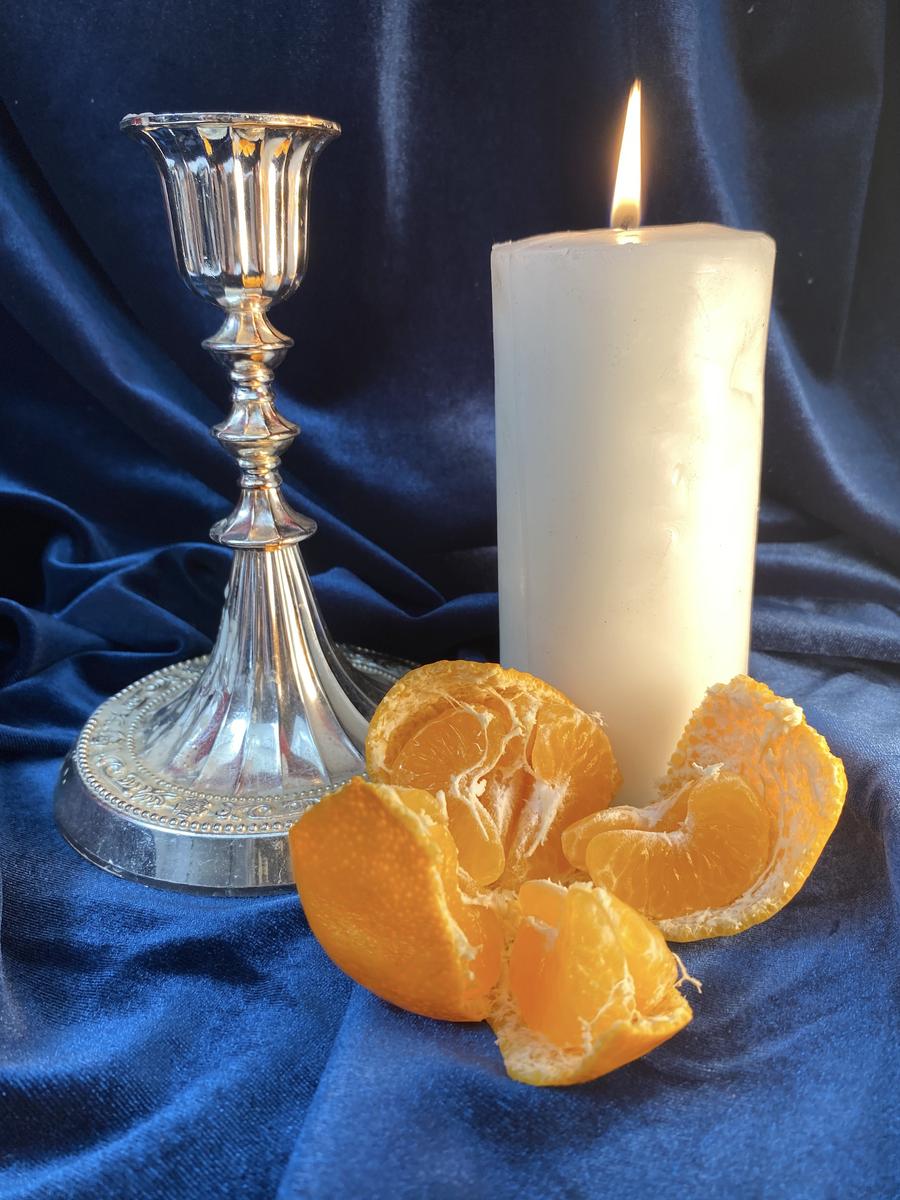
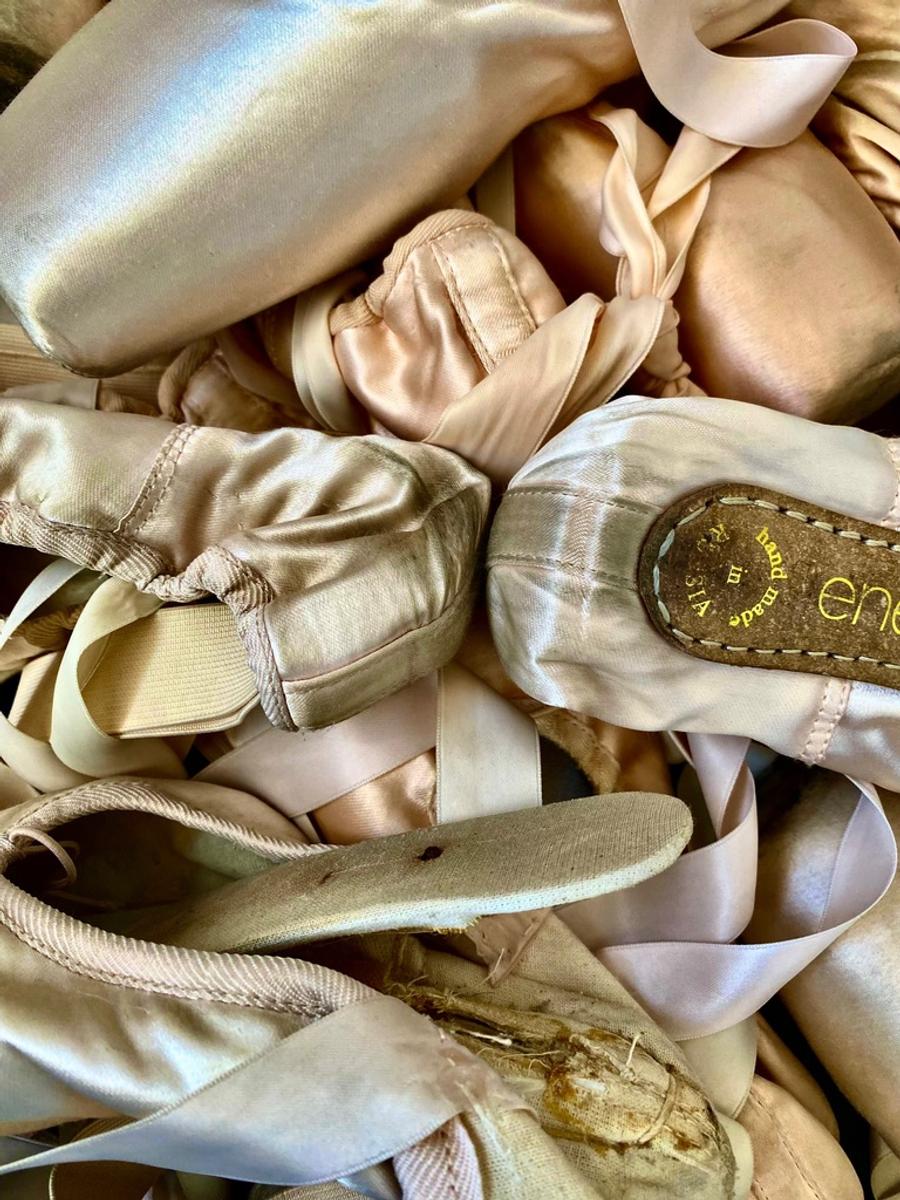

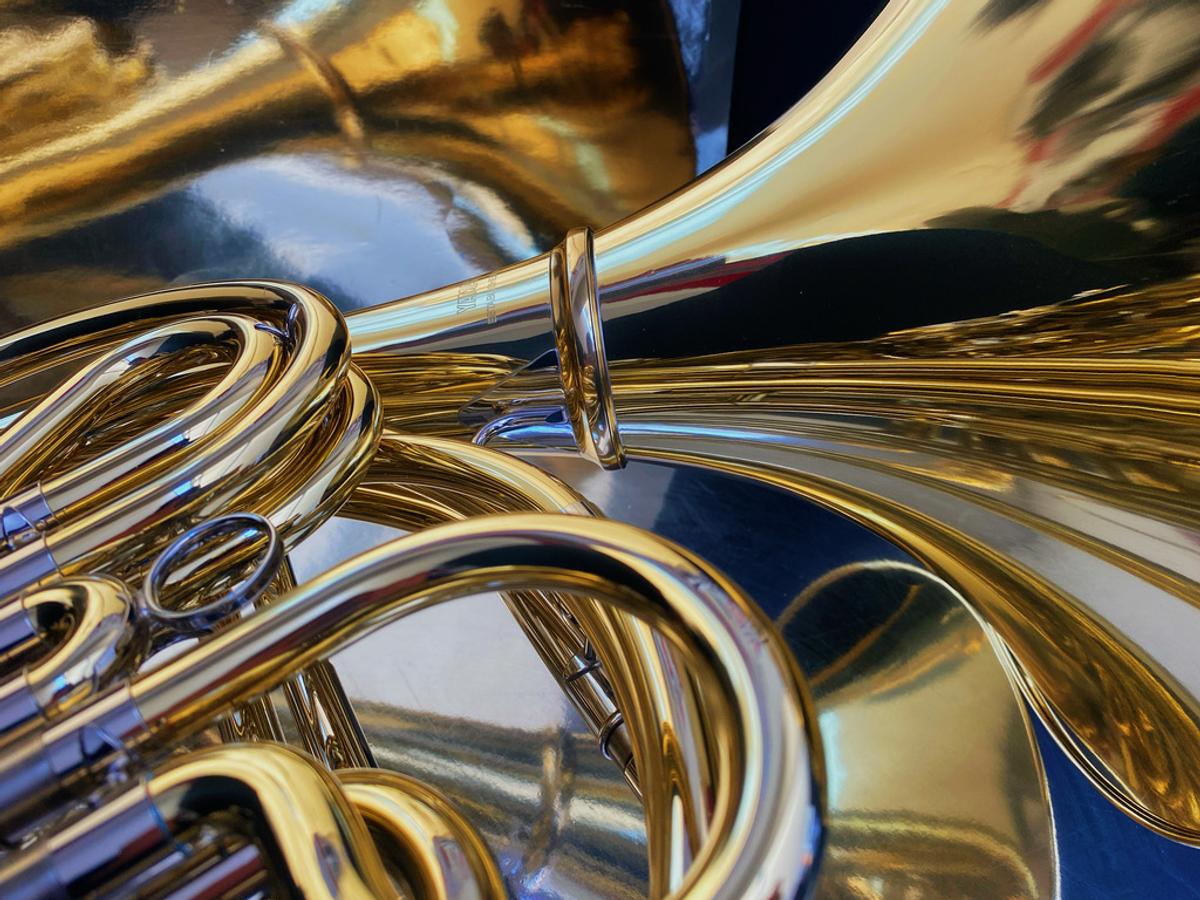
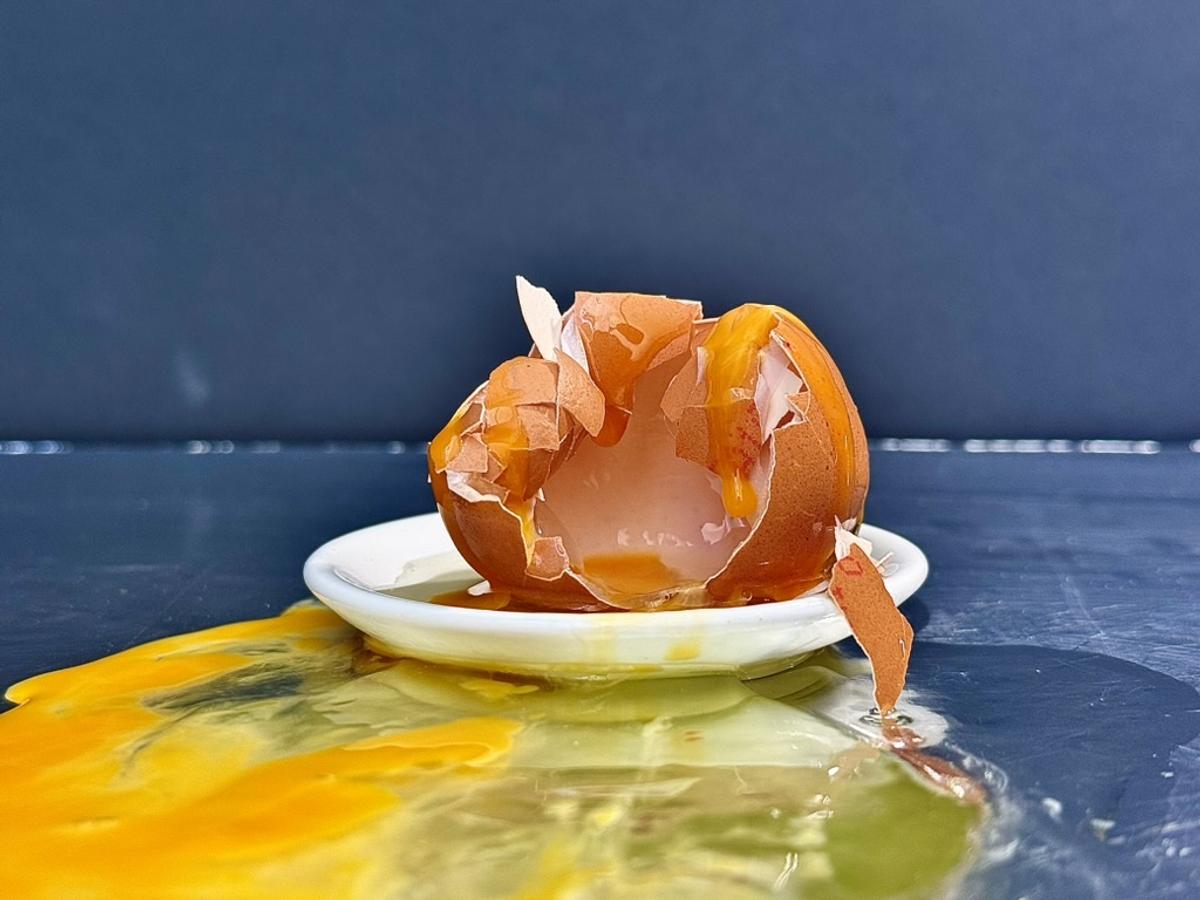
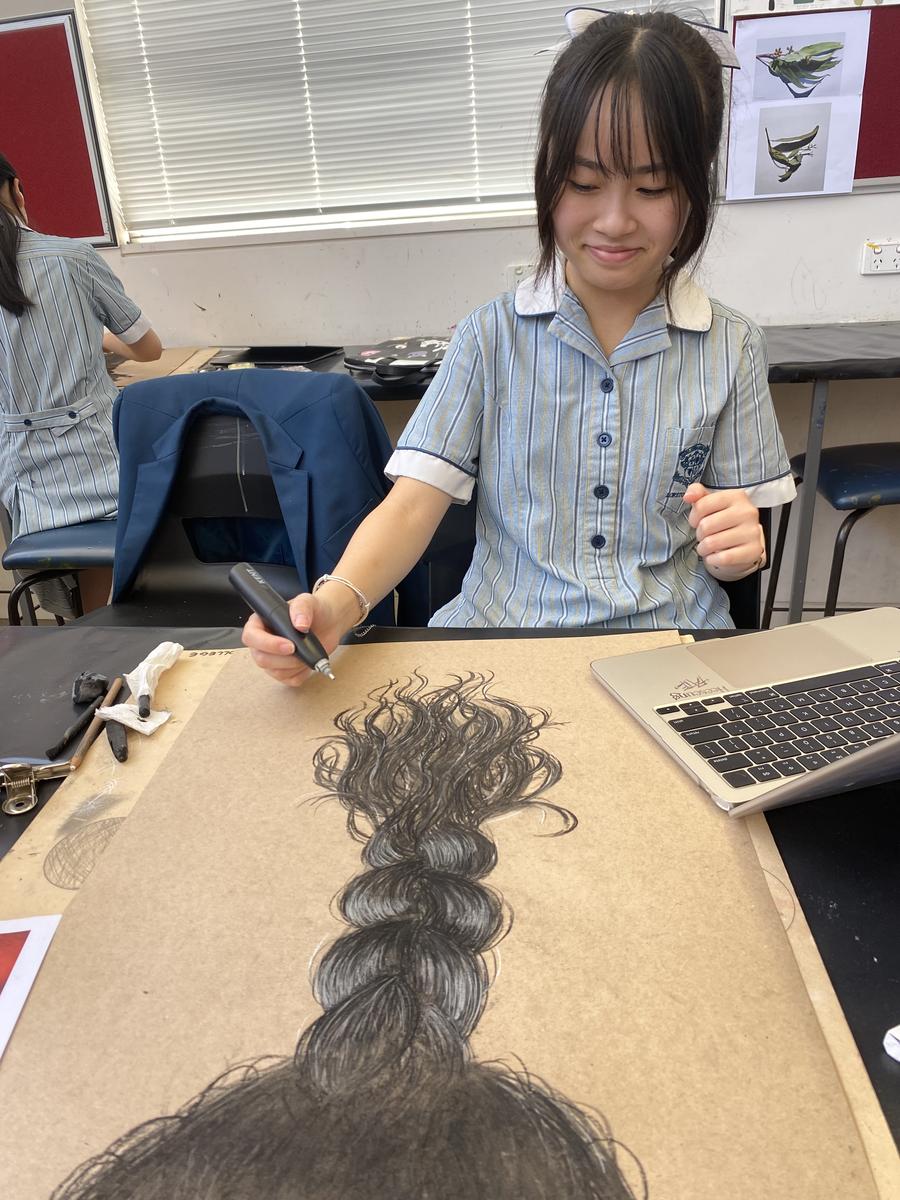
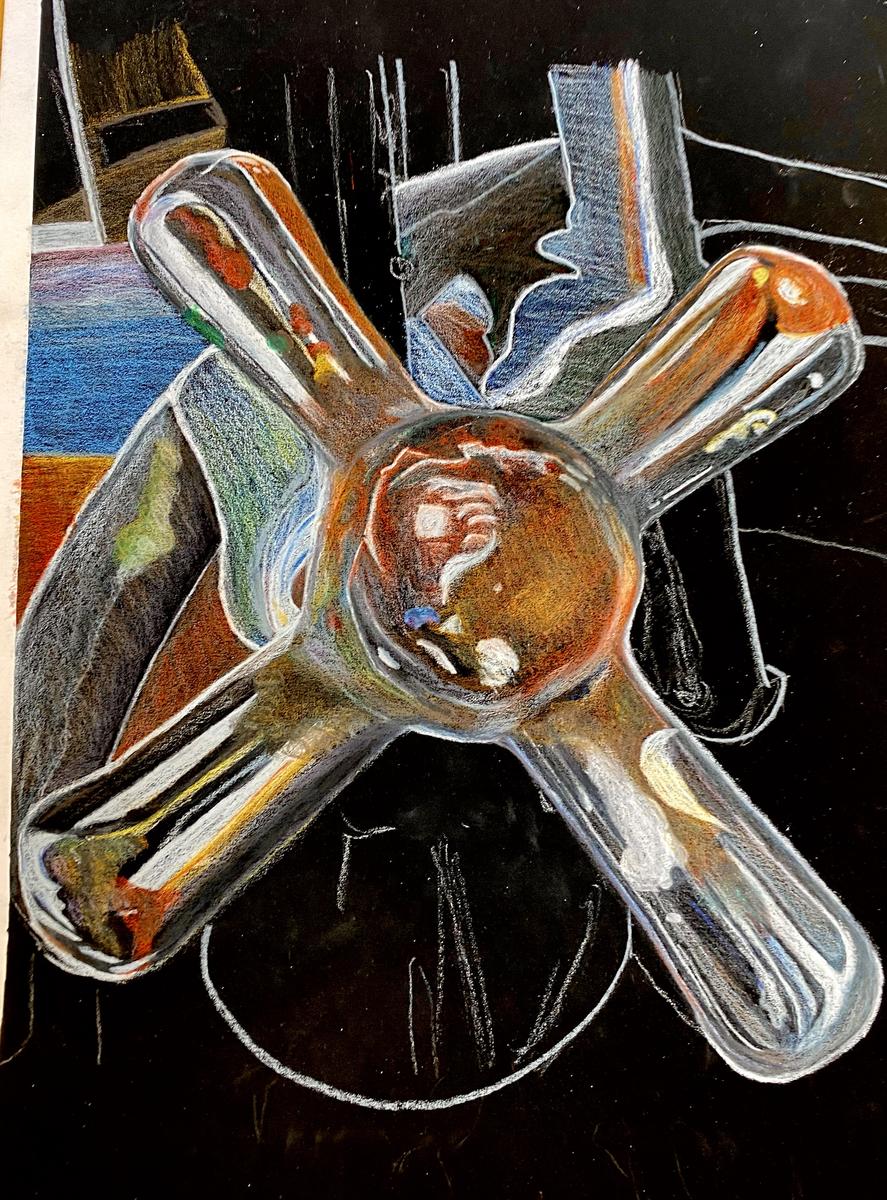
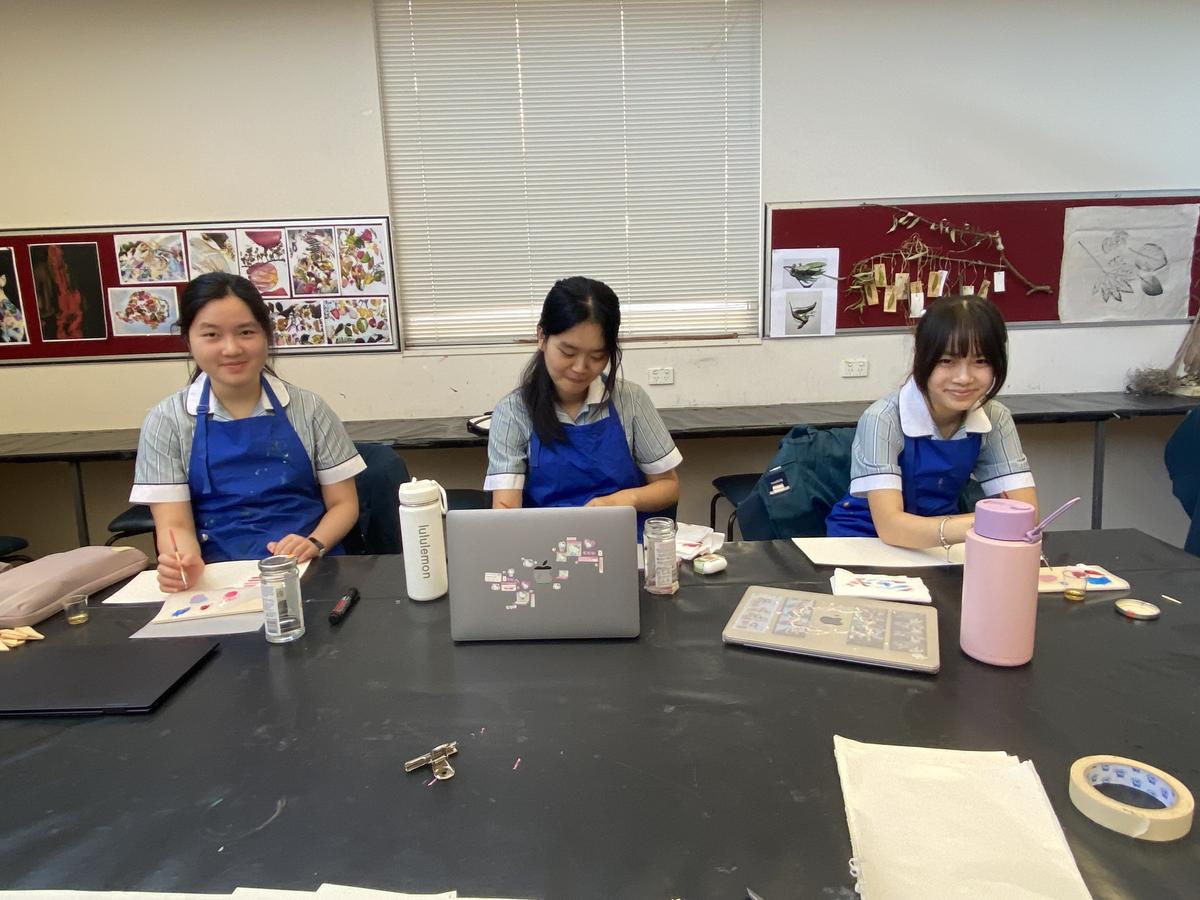
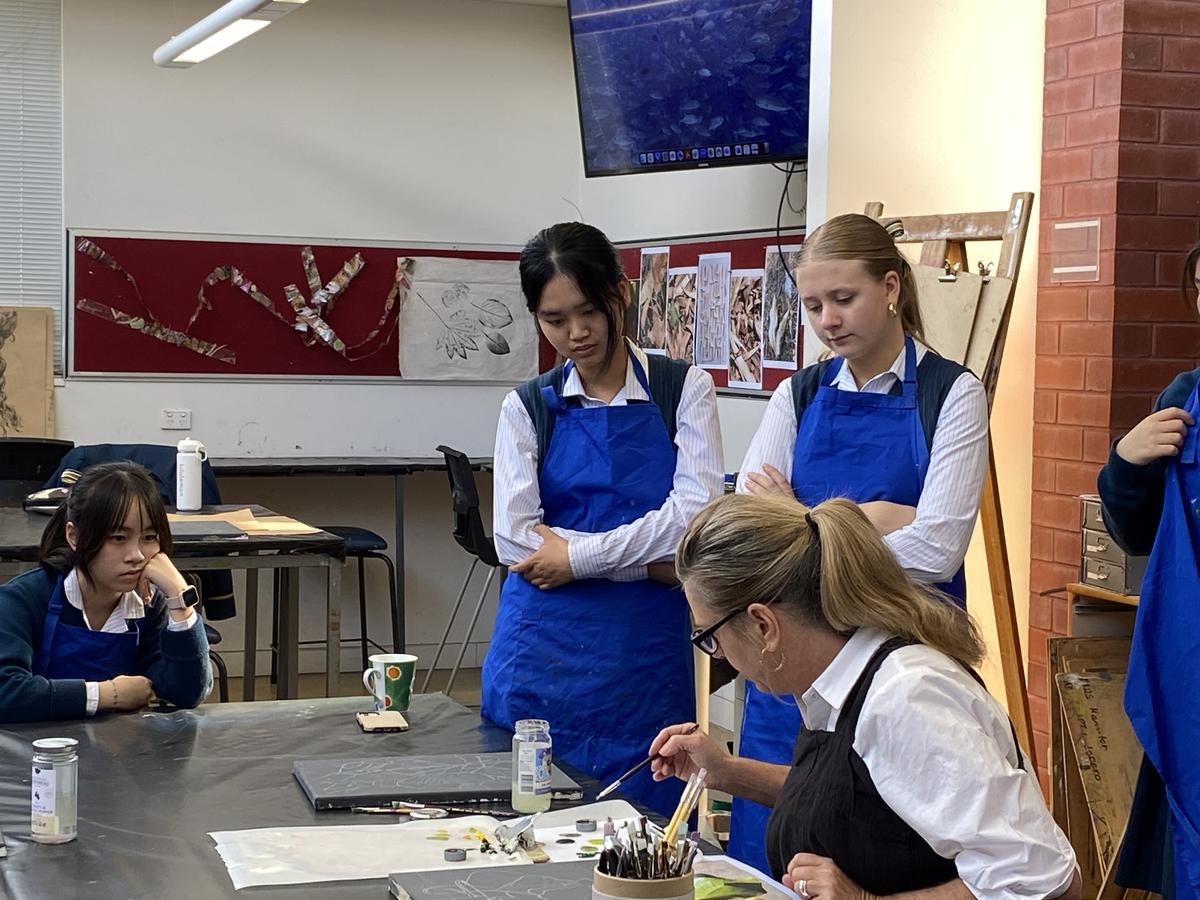
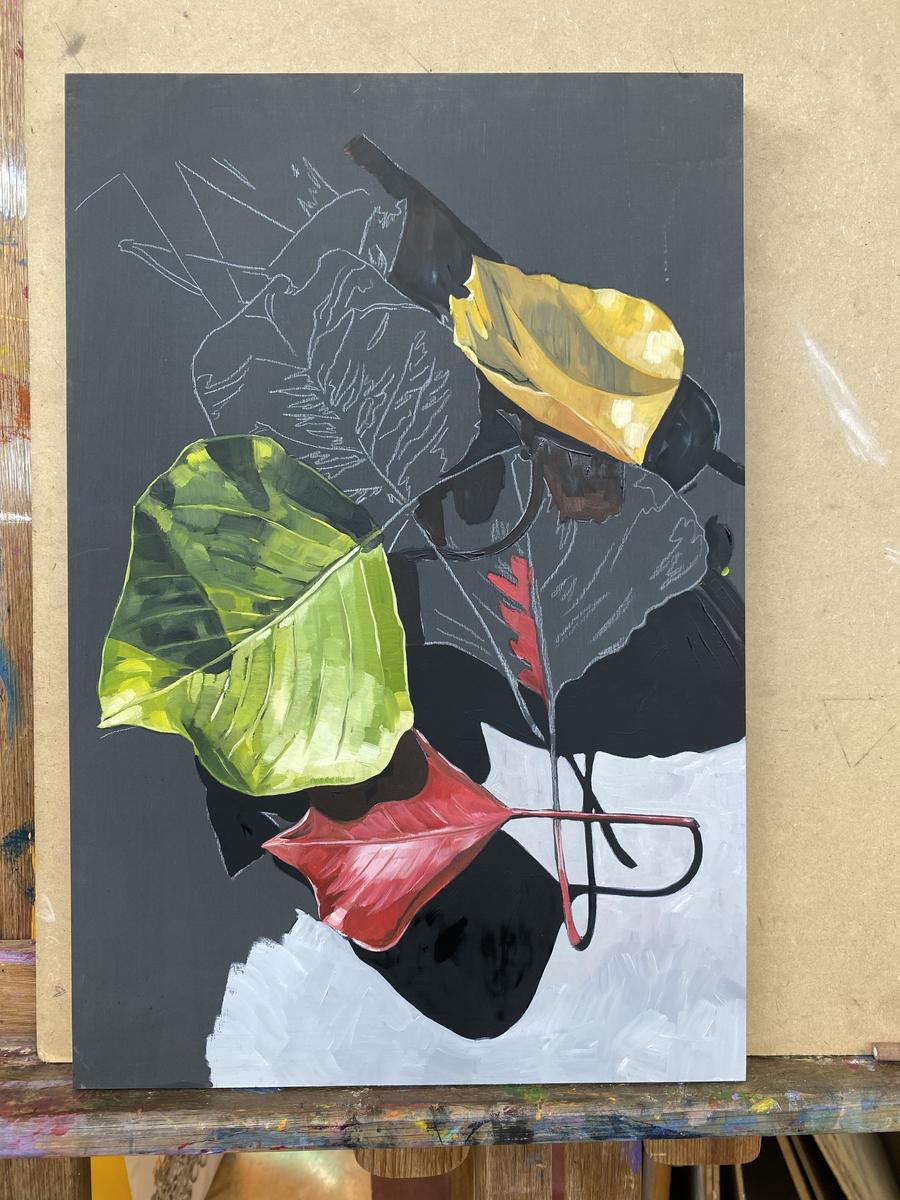
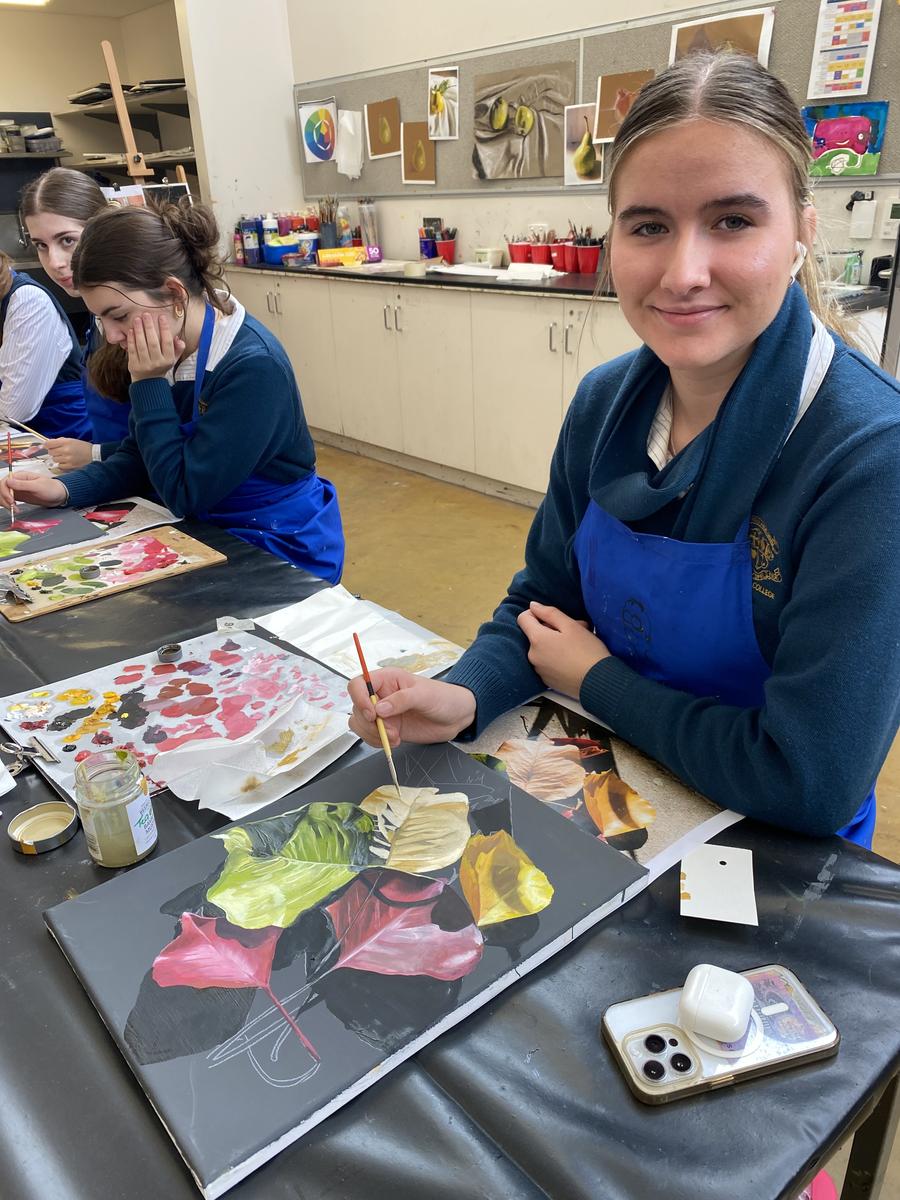
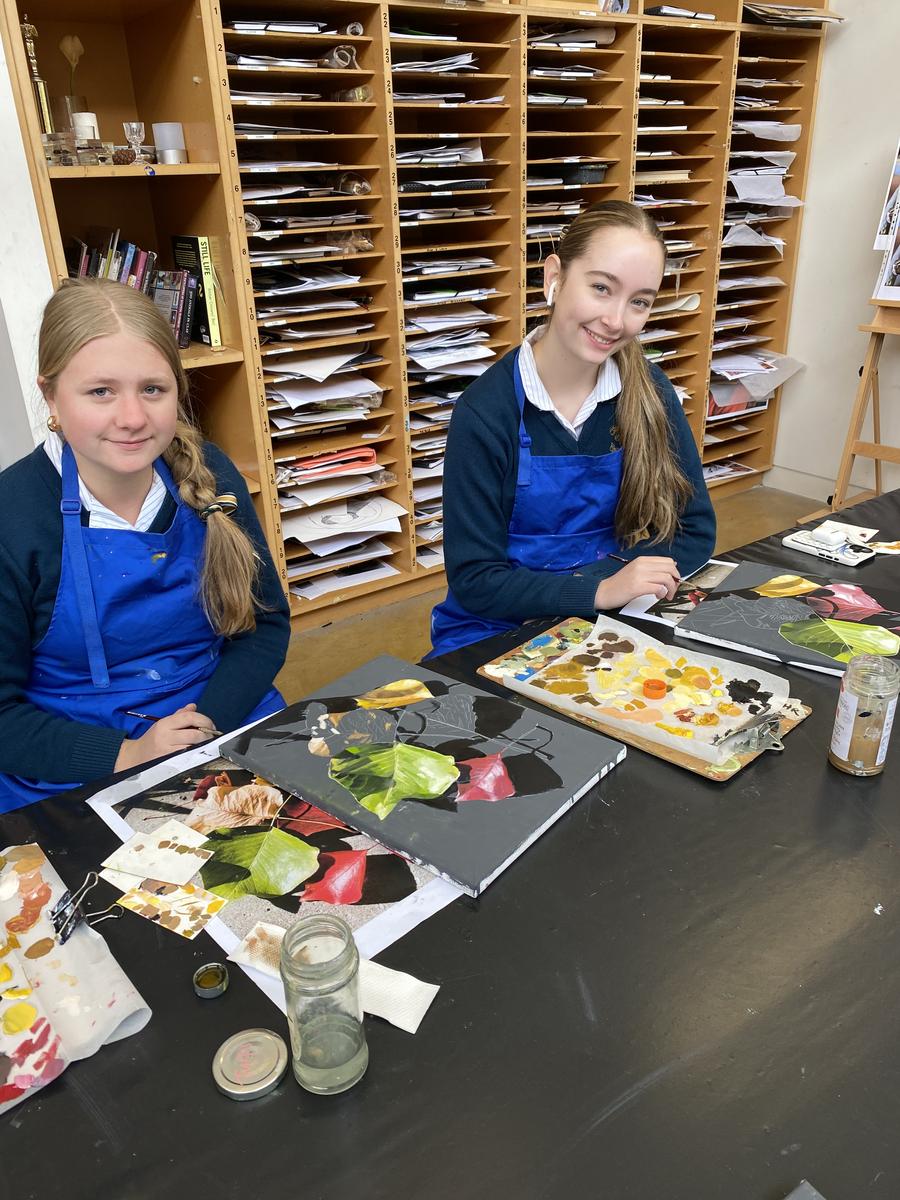

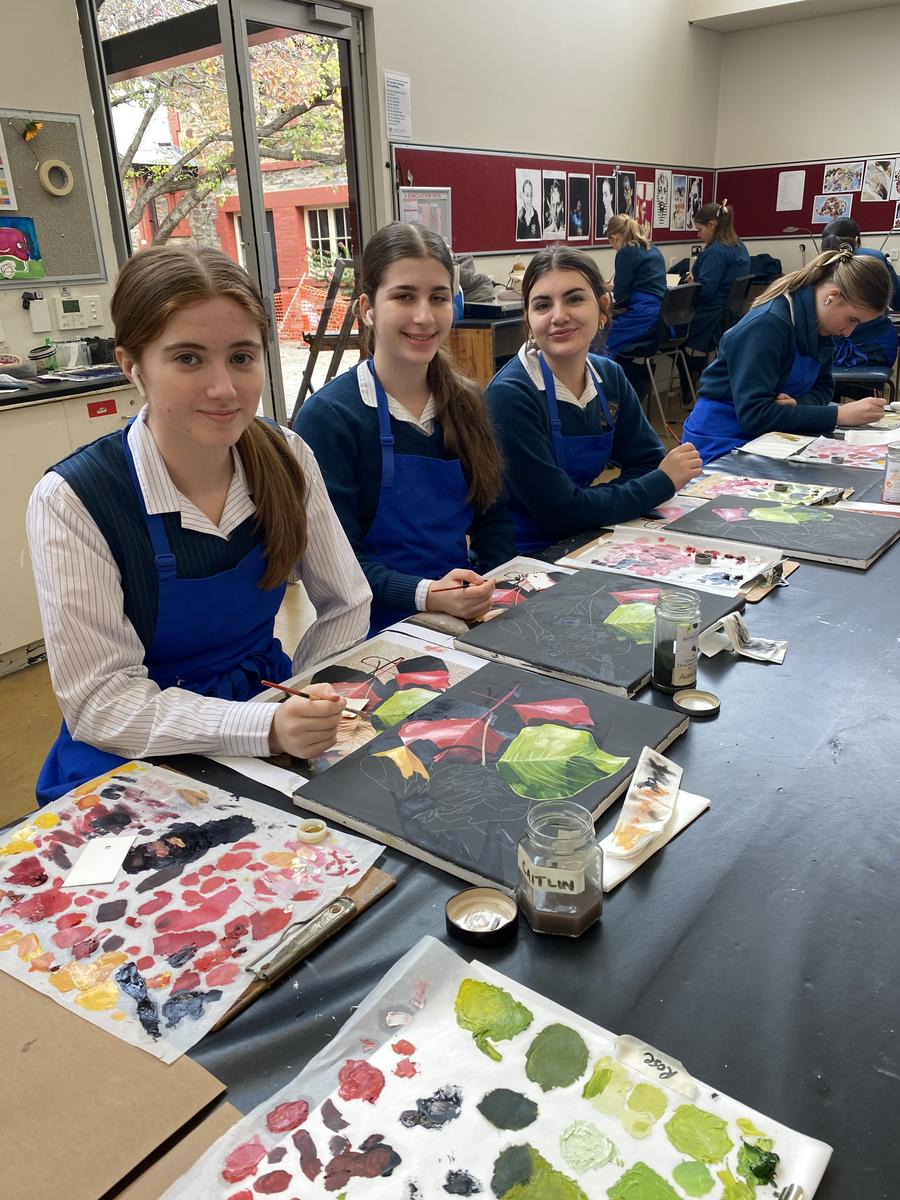
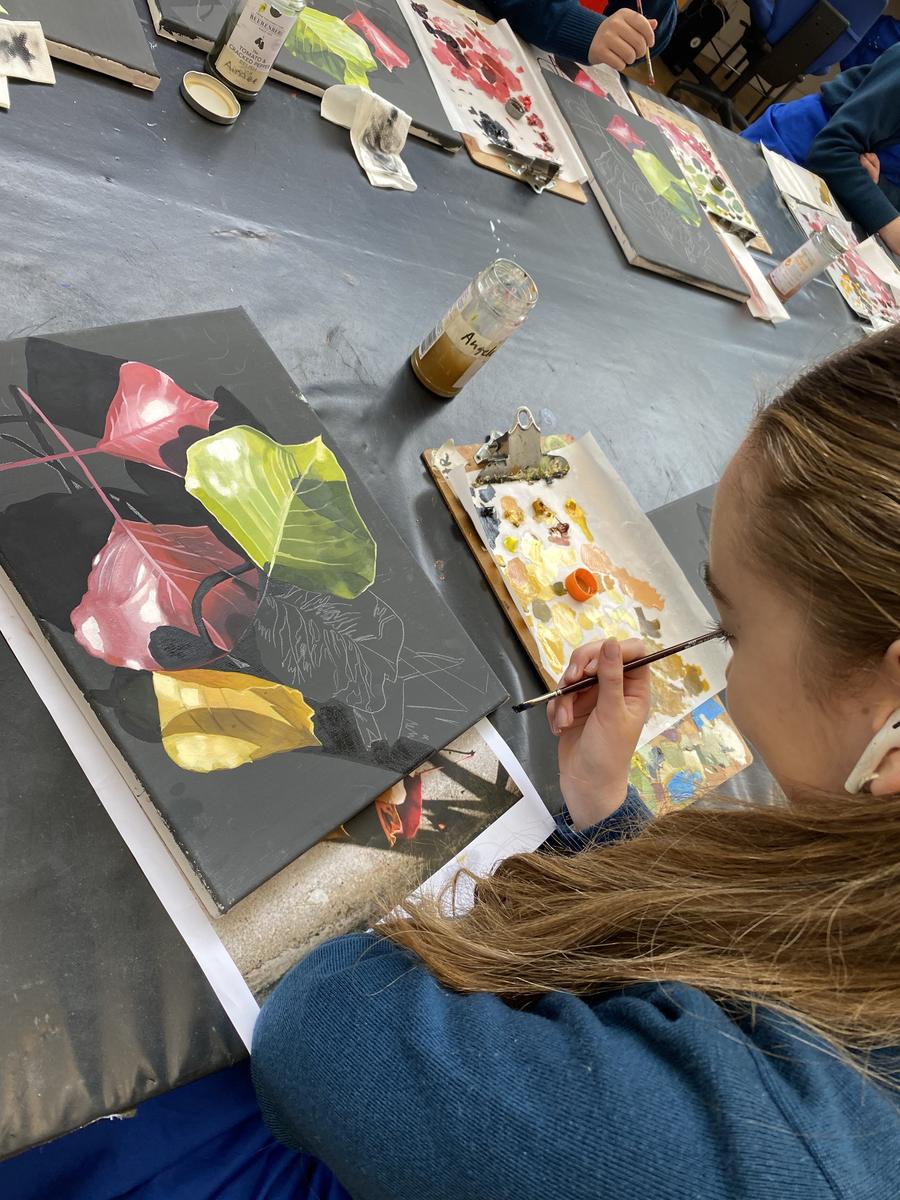
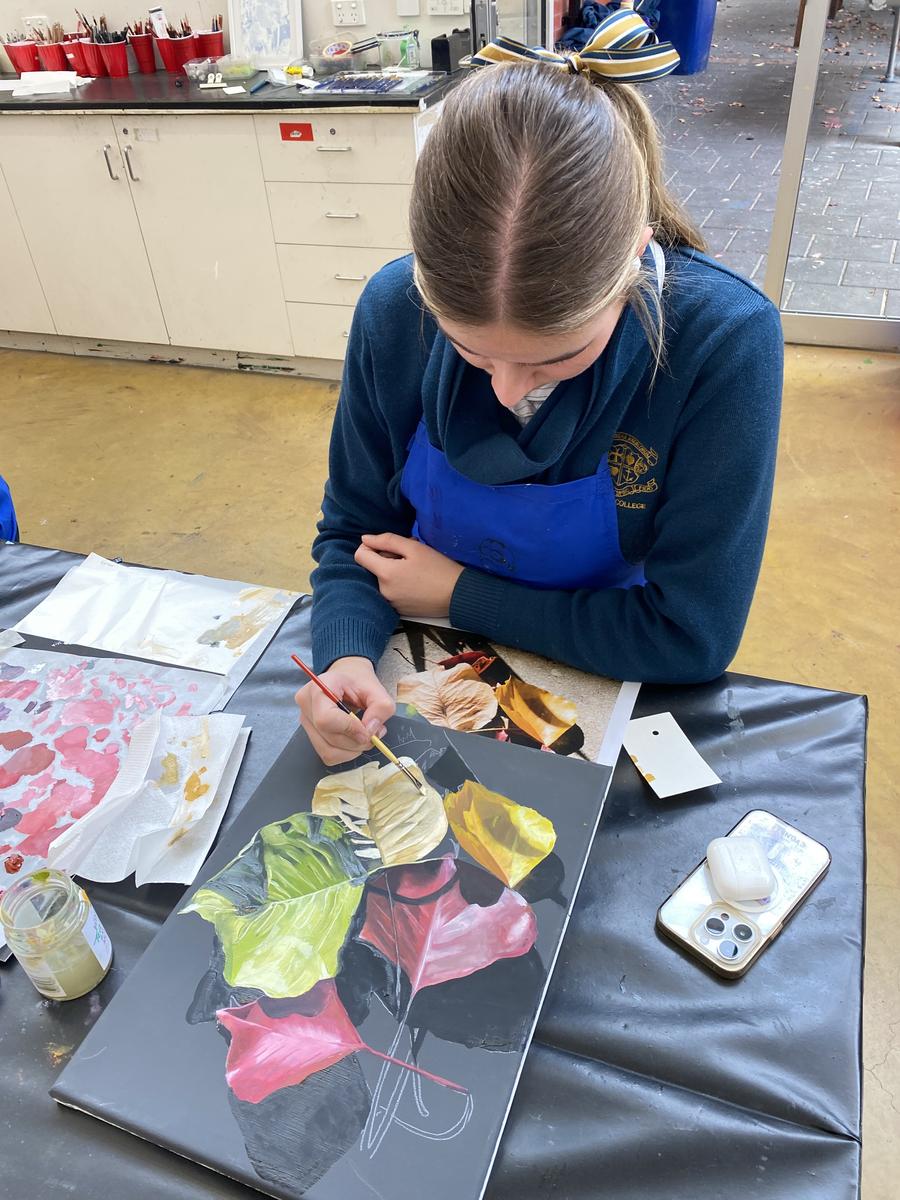
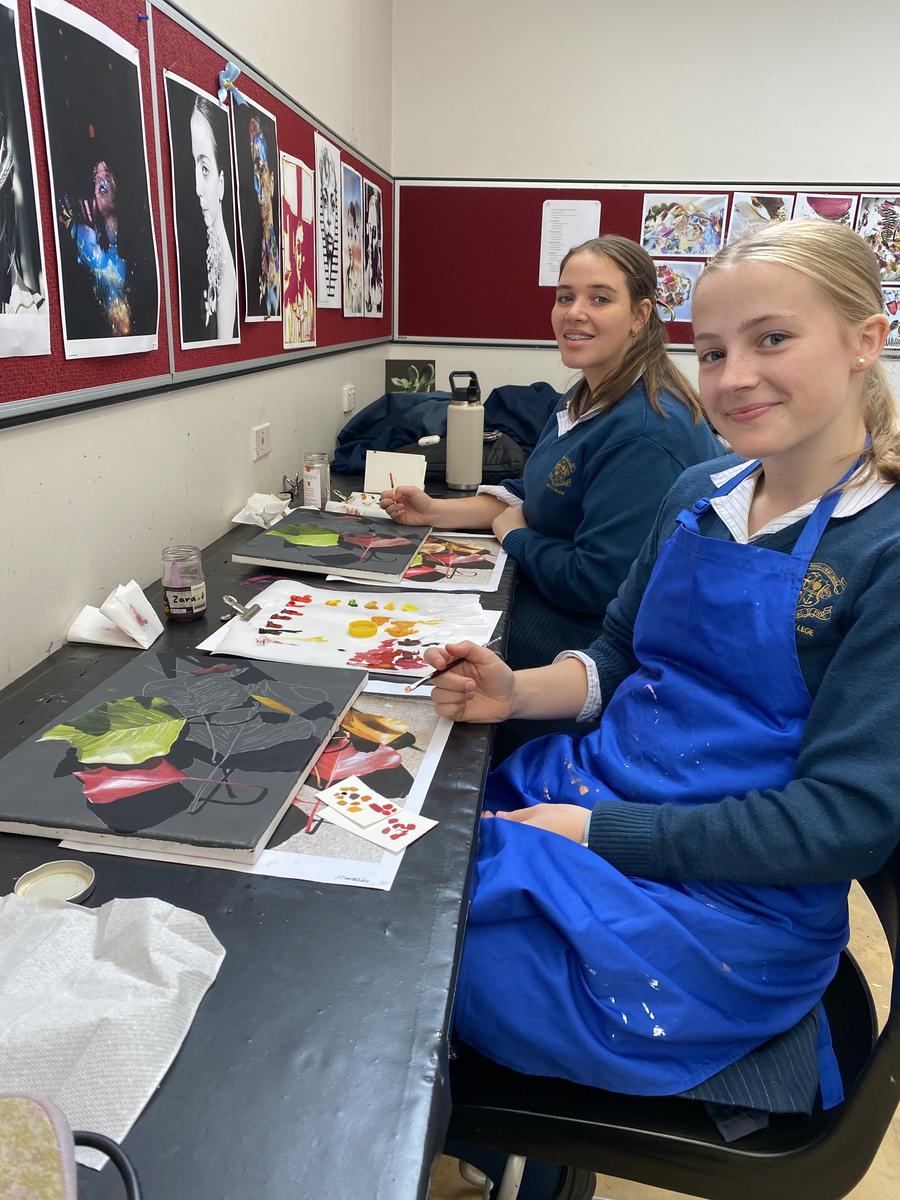
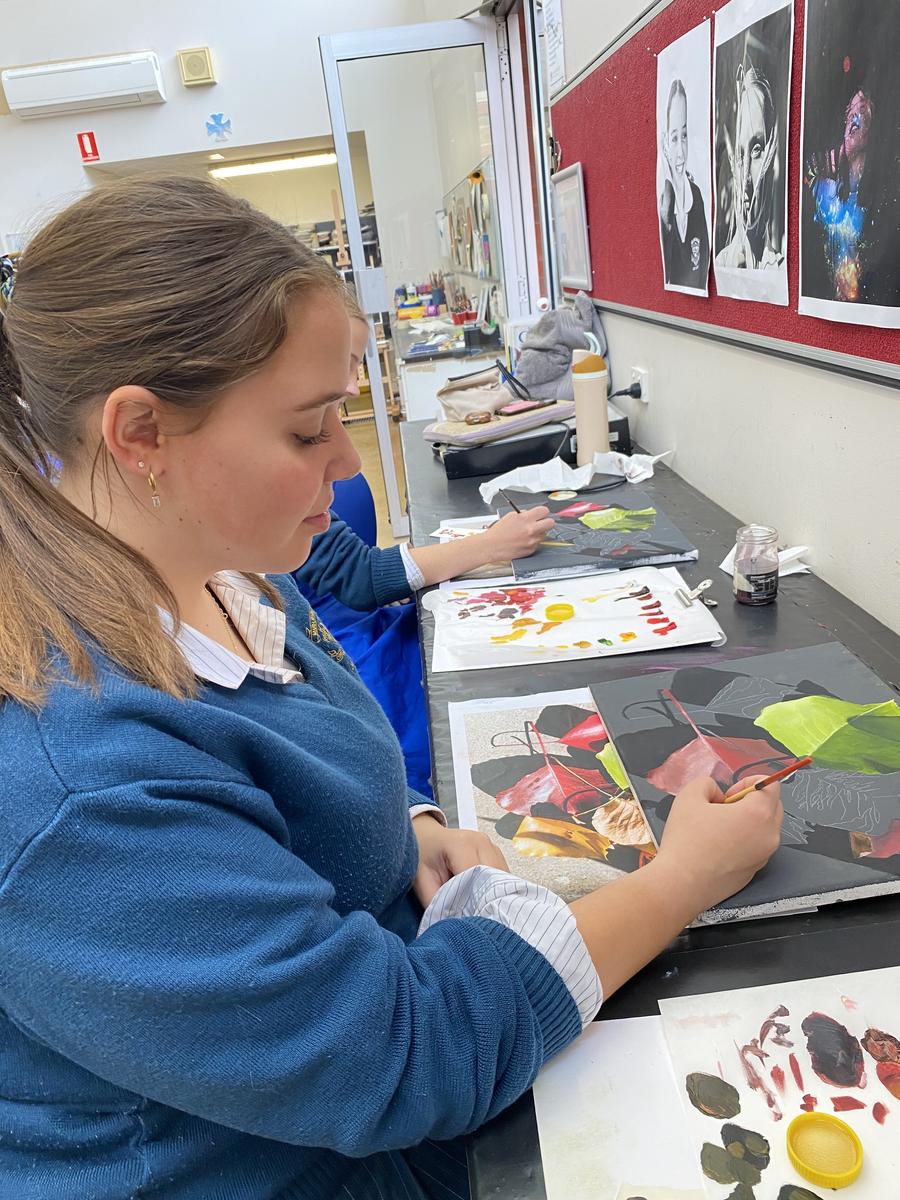
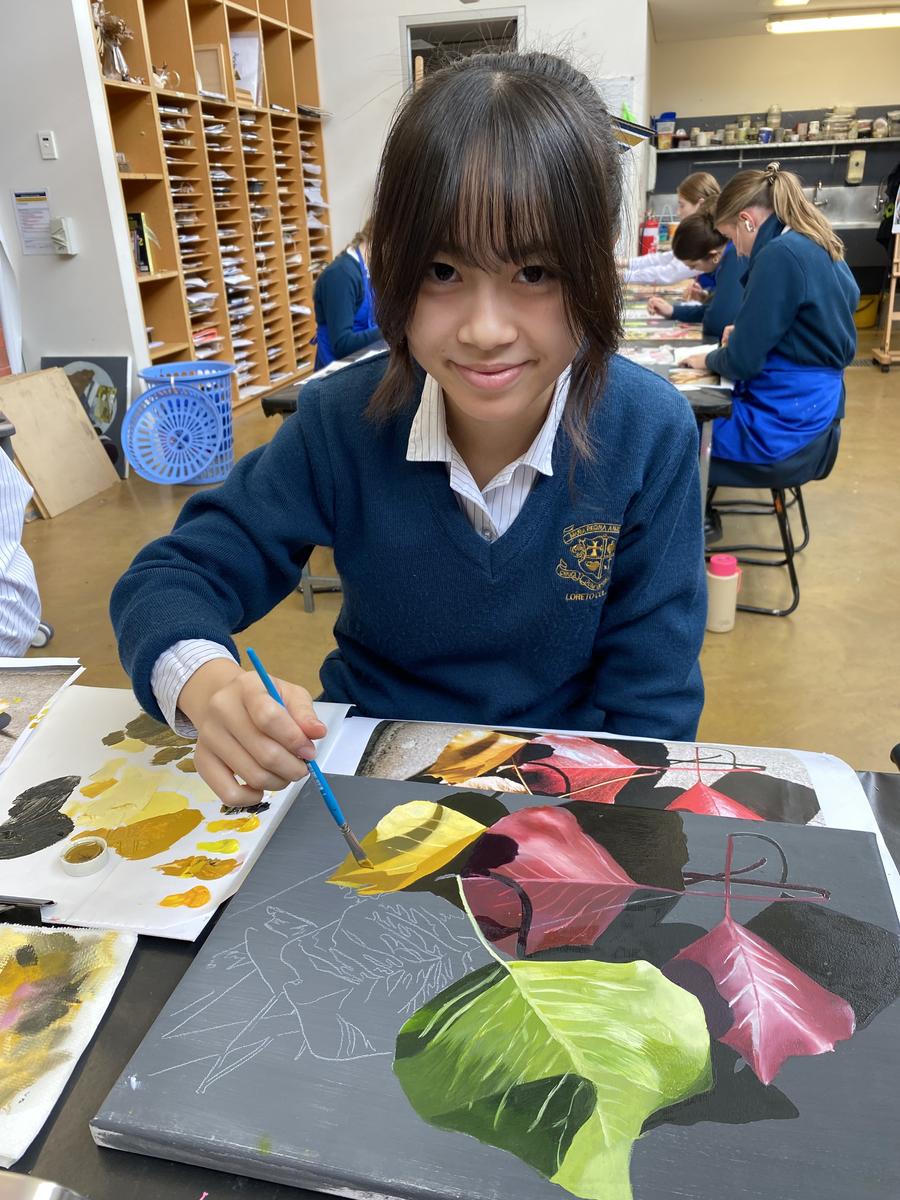
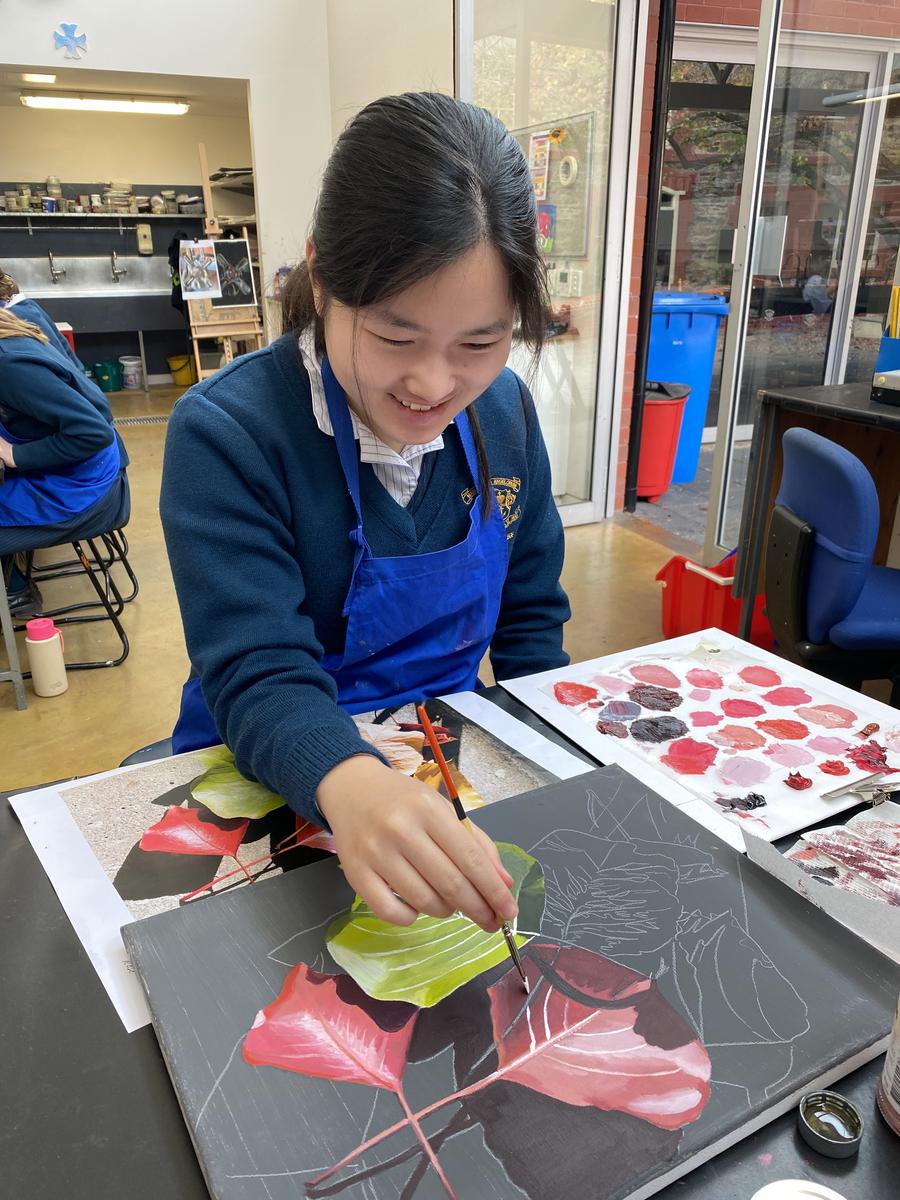
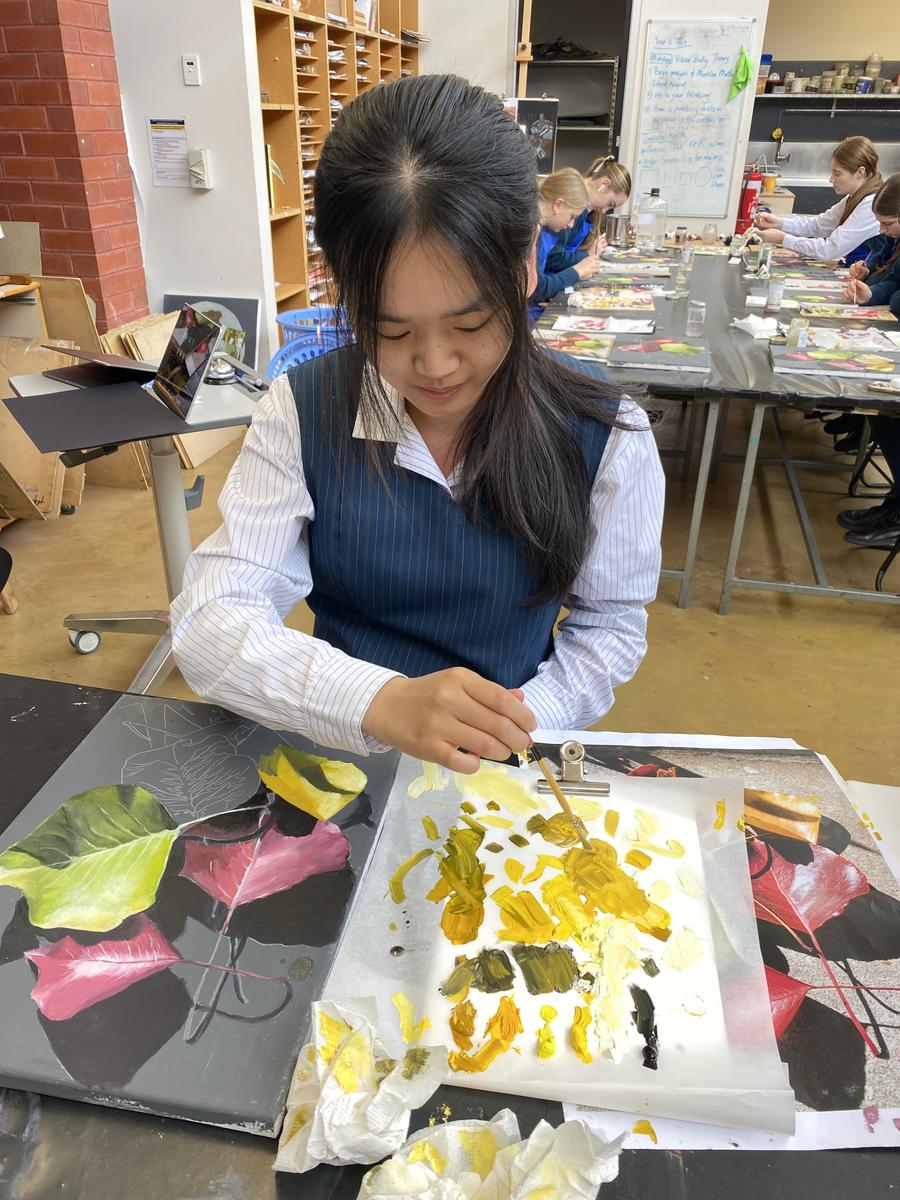
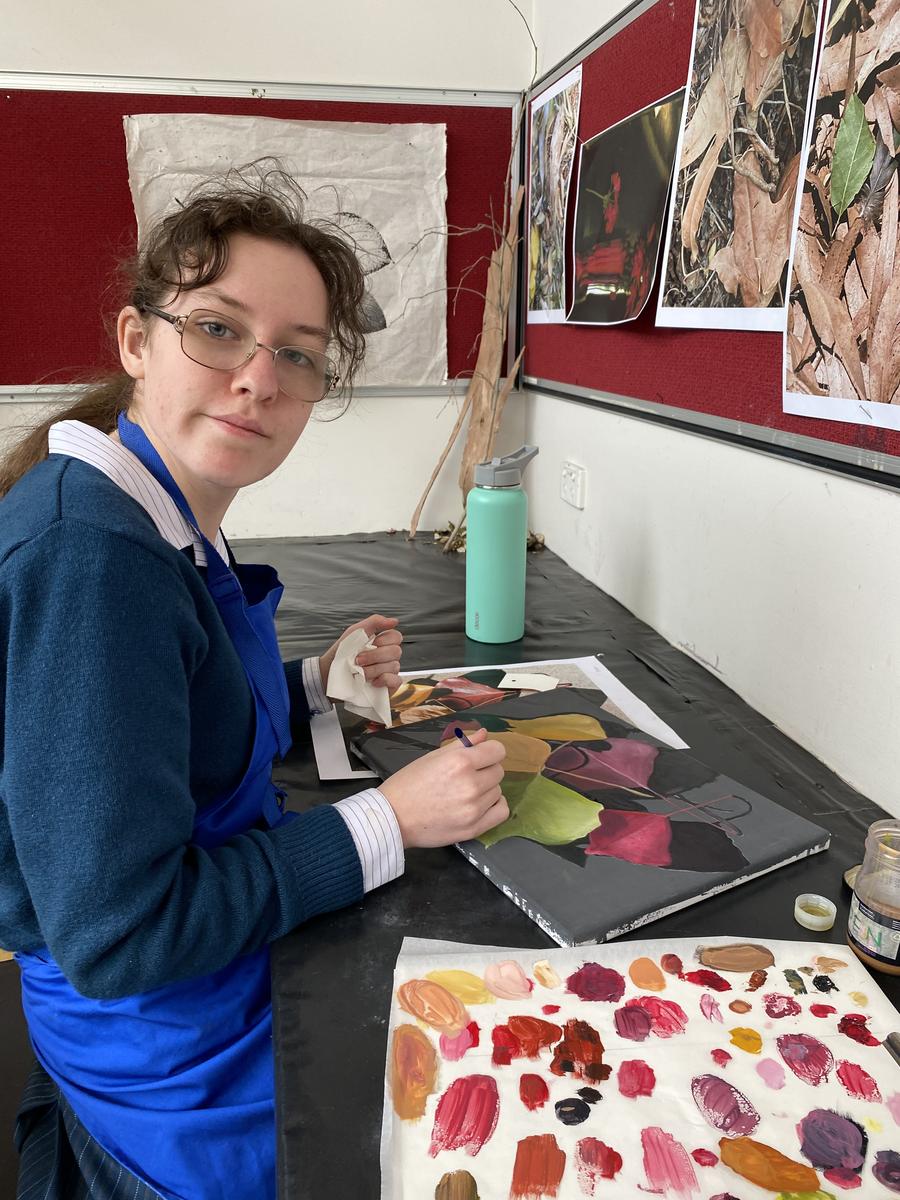
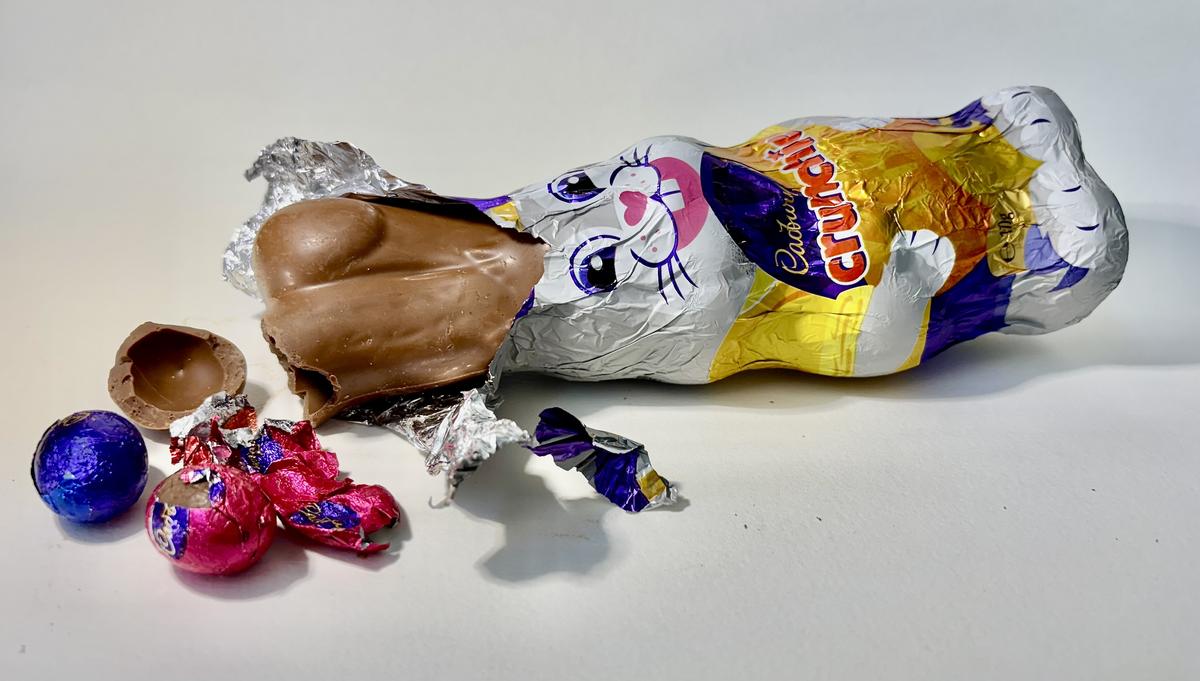


























The discovery of new techniques and ways of seeing has resulted in a compelling and deeply personal body of work. Our Year 11 students have not only developed their technical skills but also cultivated a more reflective and philosophical approach to artmaking transforming the ordinary into the extraordinary.
We are proud to see our Year 11 Visual Arts students maturing into skilled makers, creative thinkers, and insightful interpreters of the visual world.
Jo Maycock
Visual Art Department
